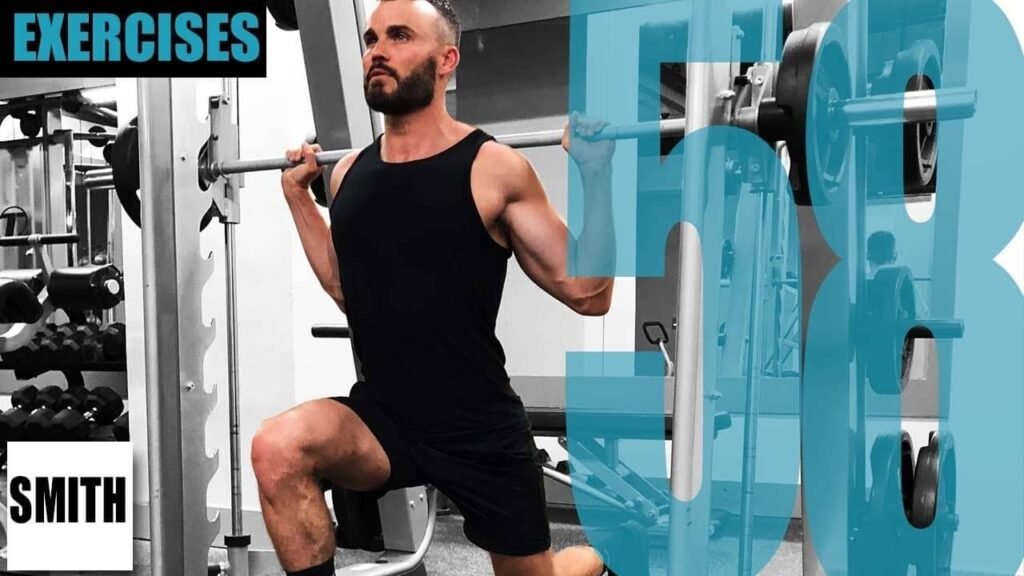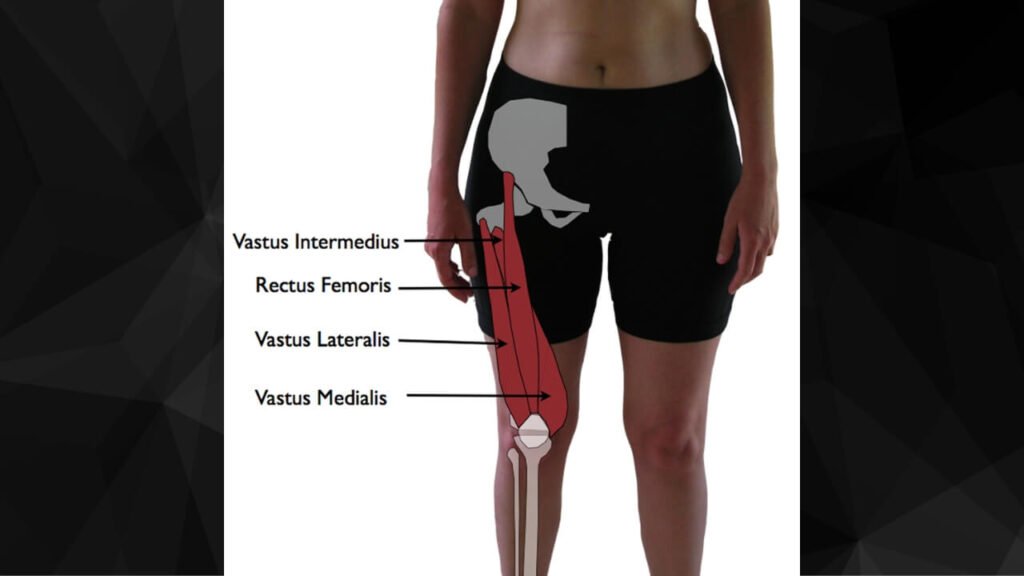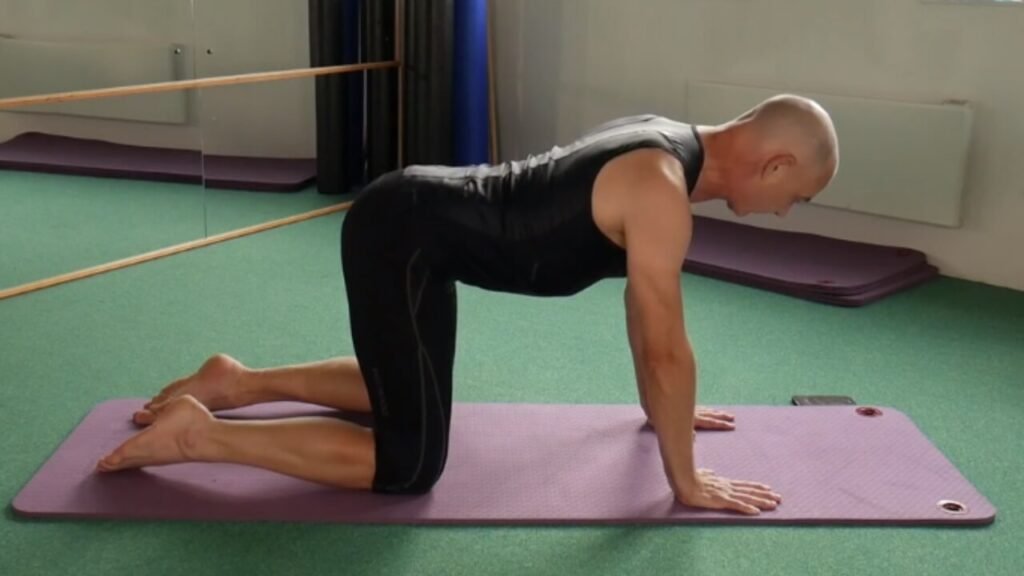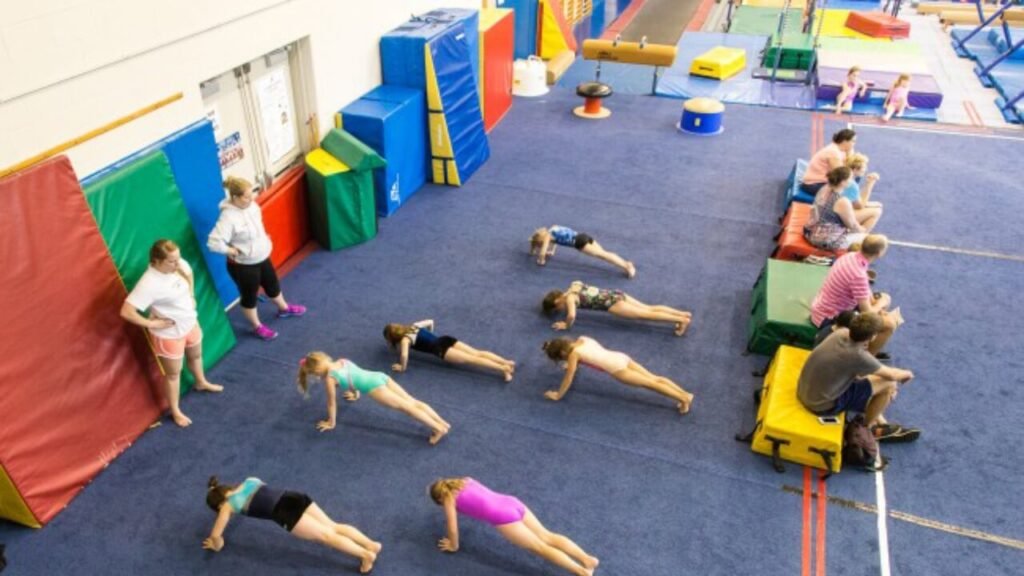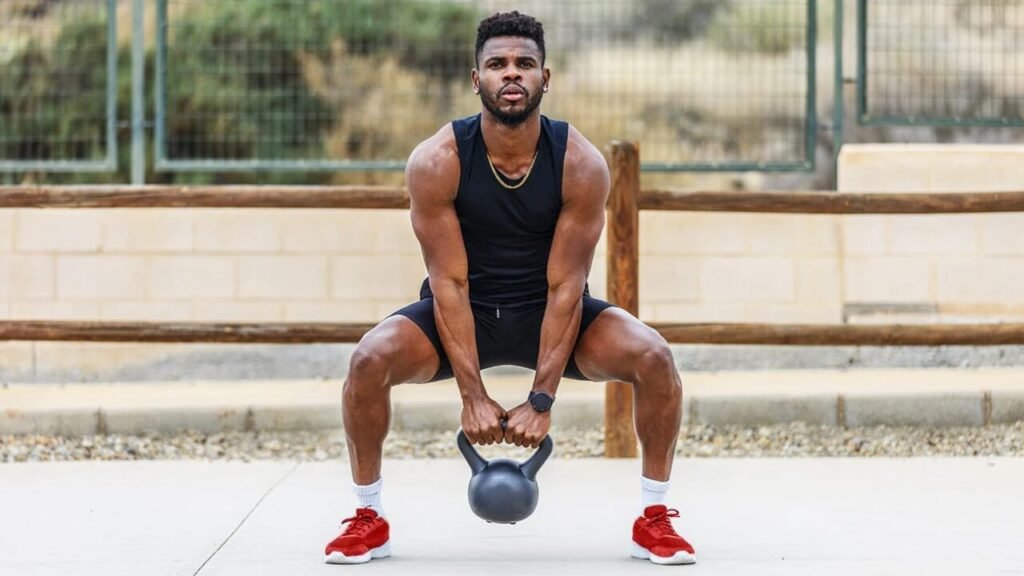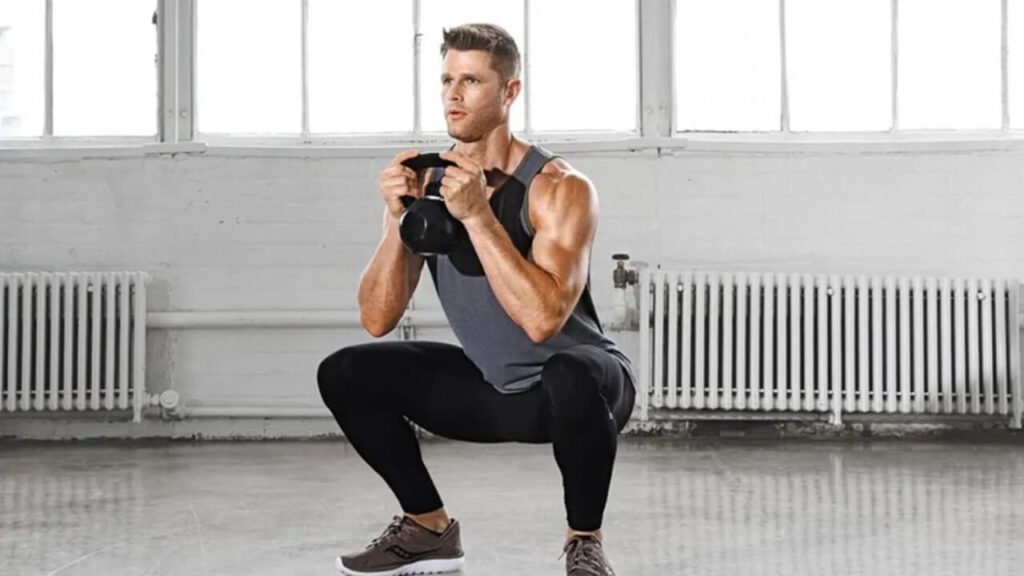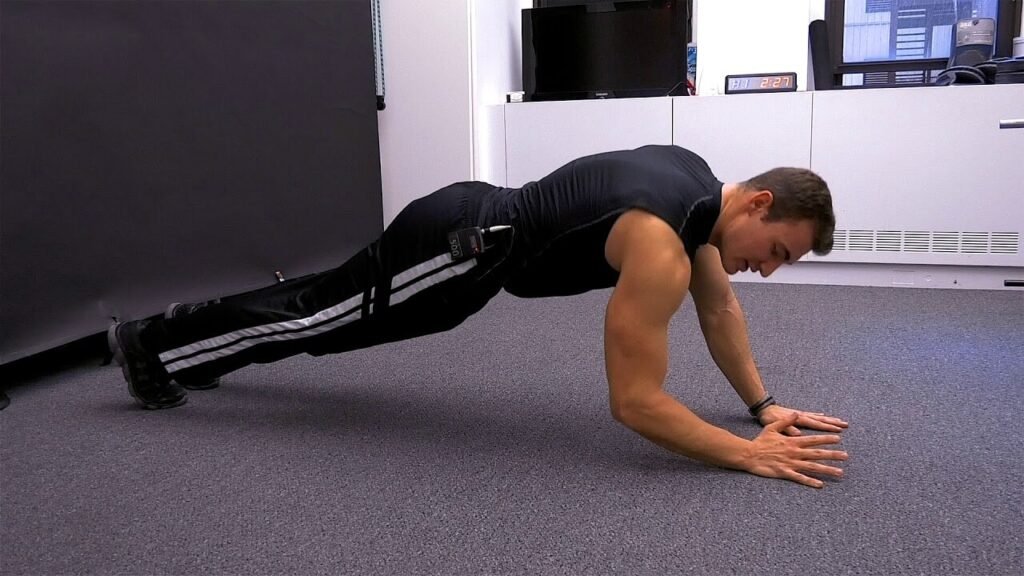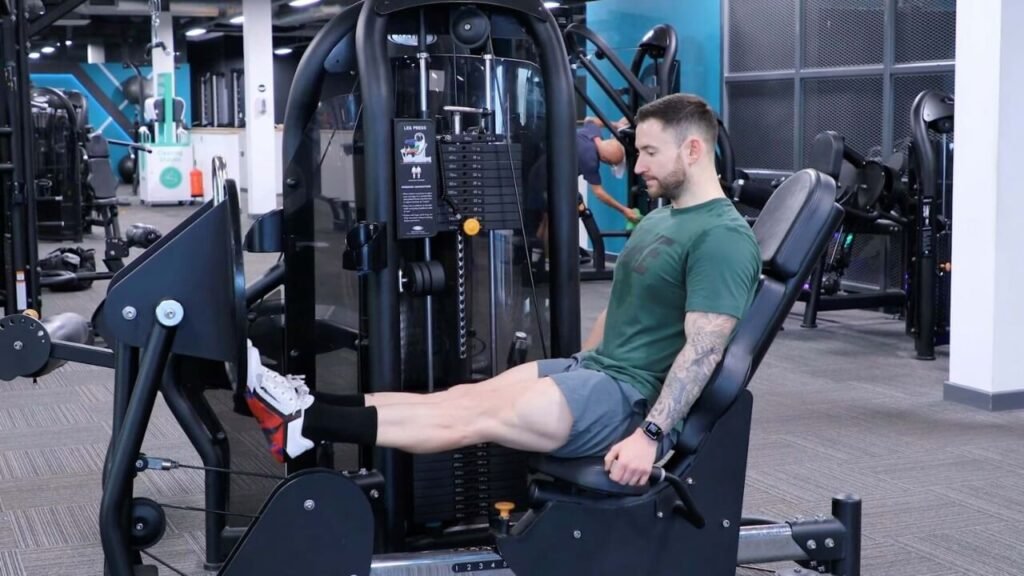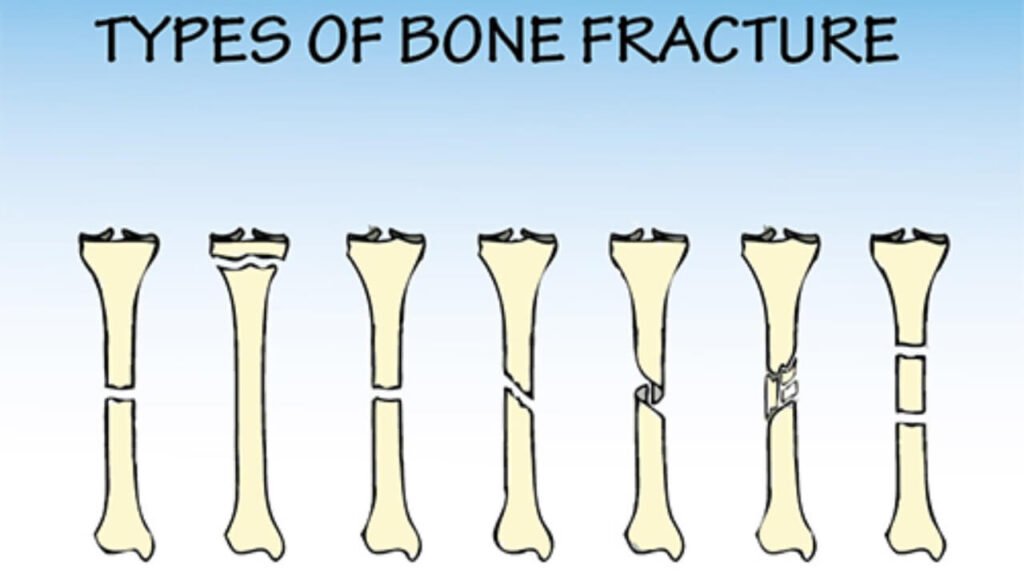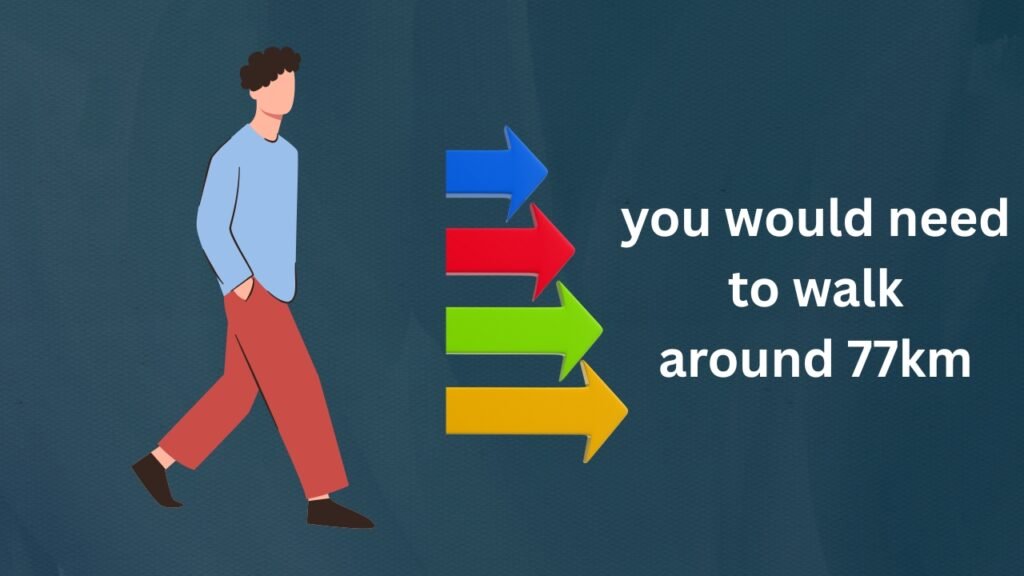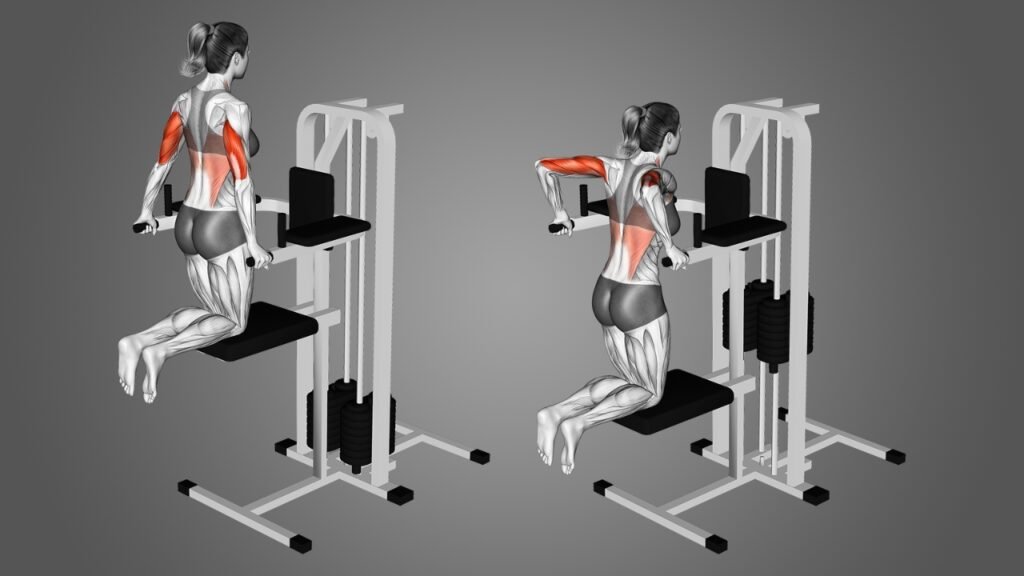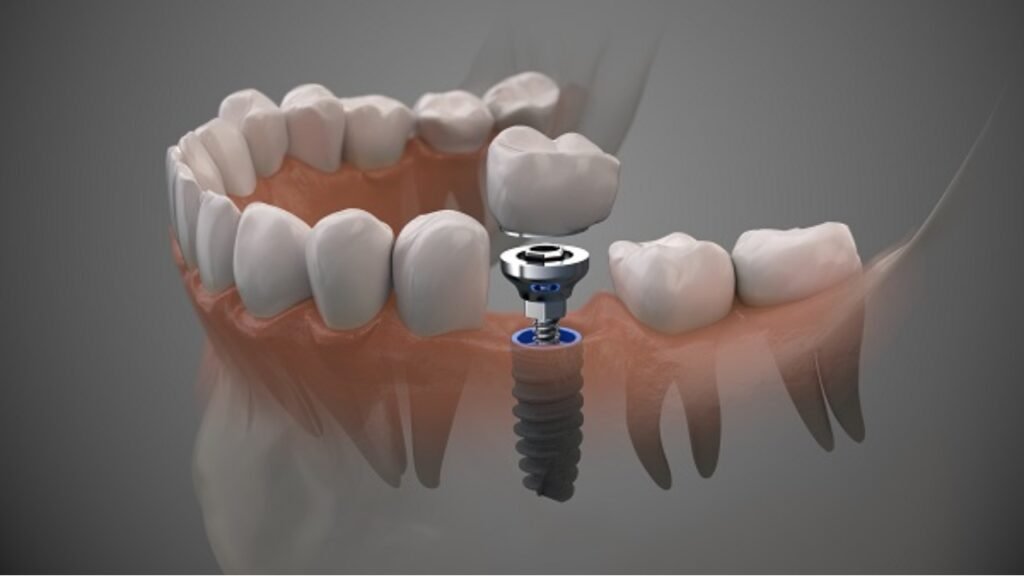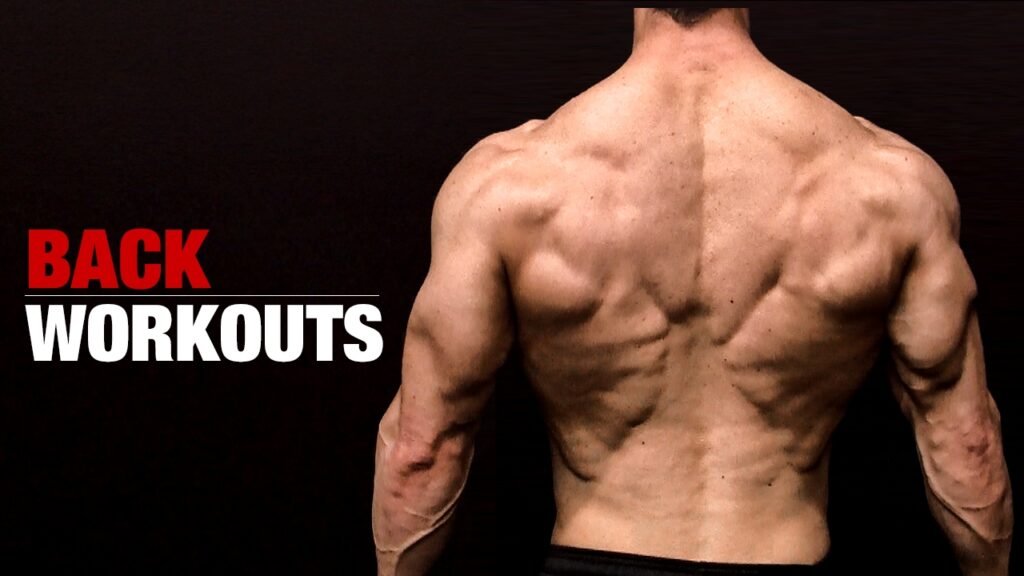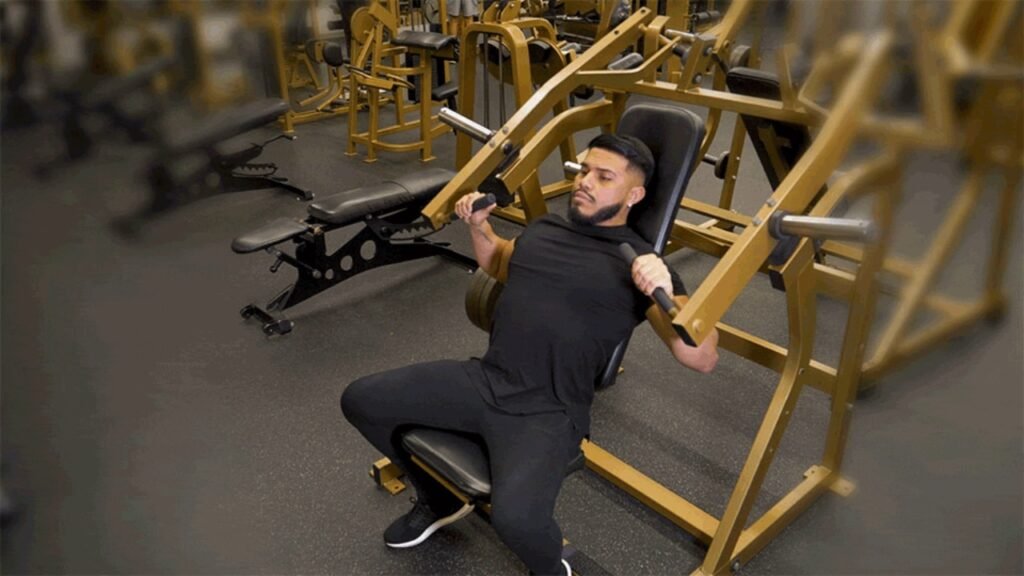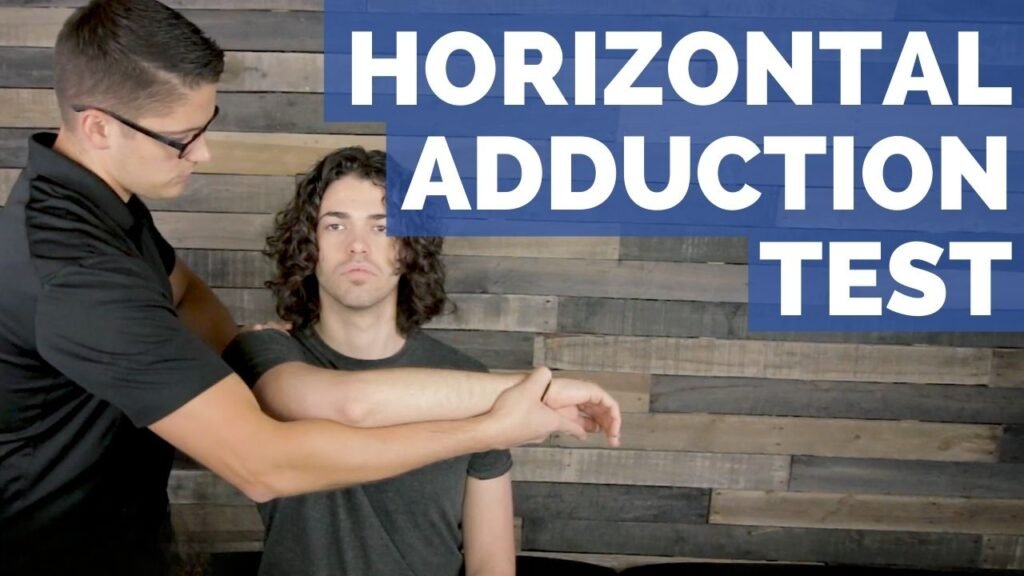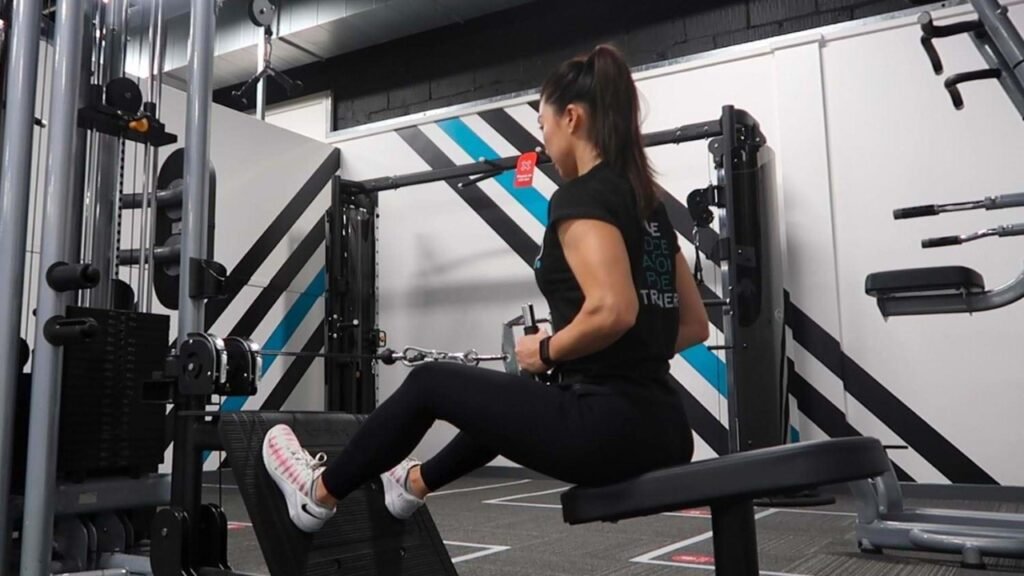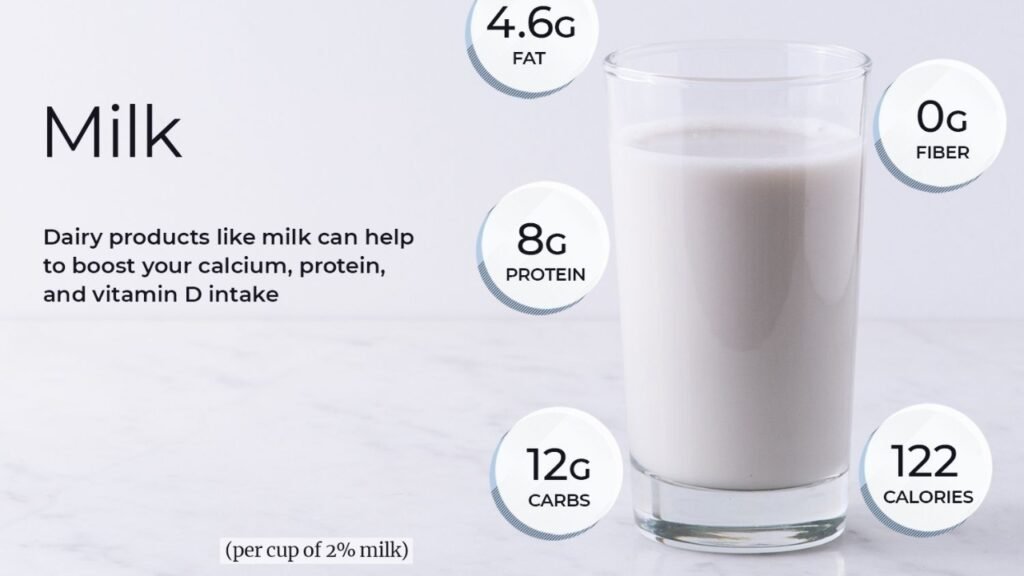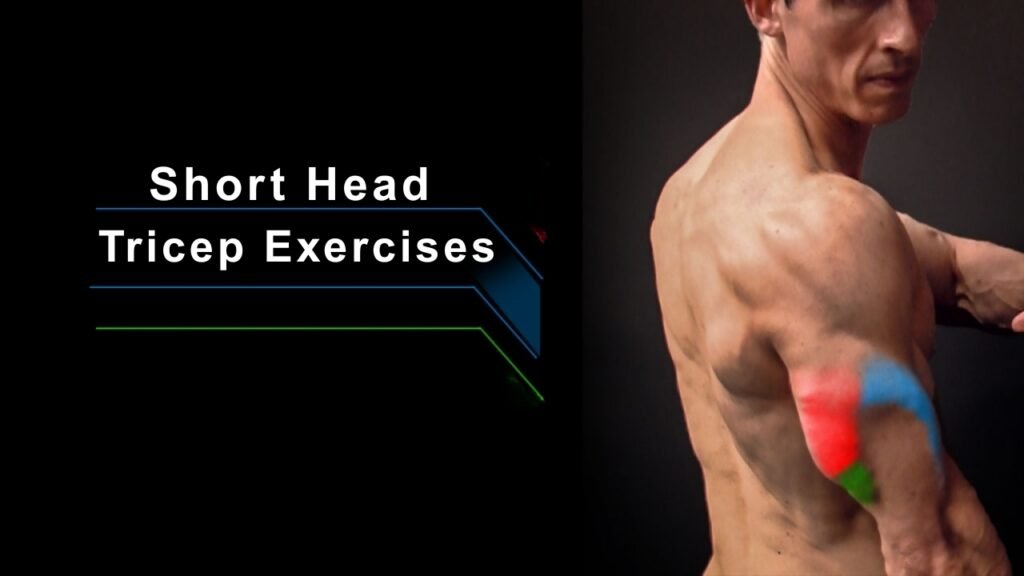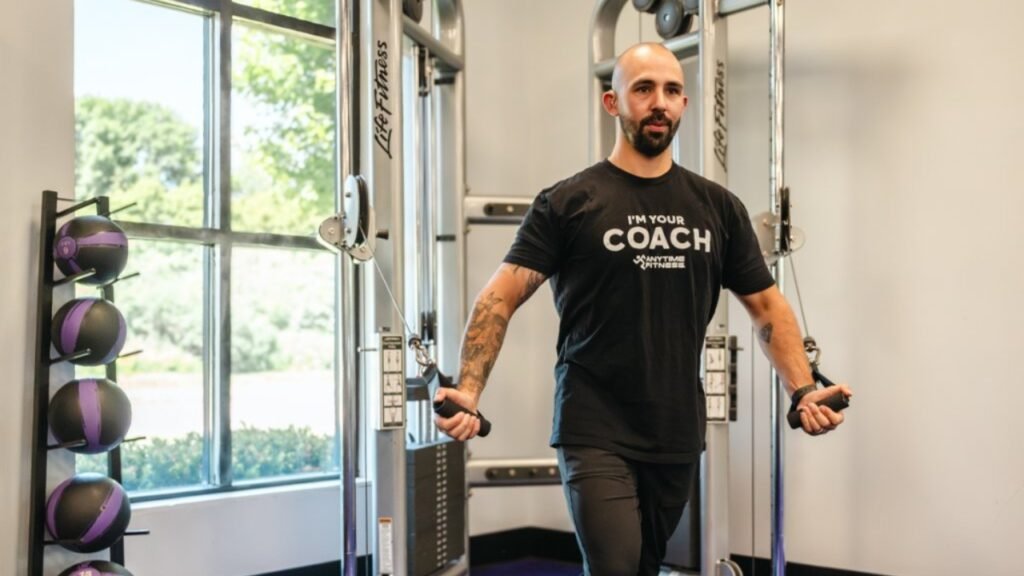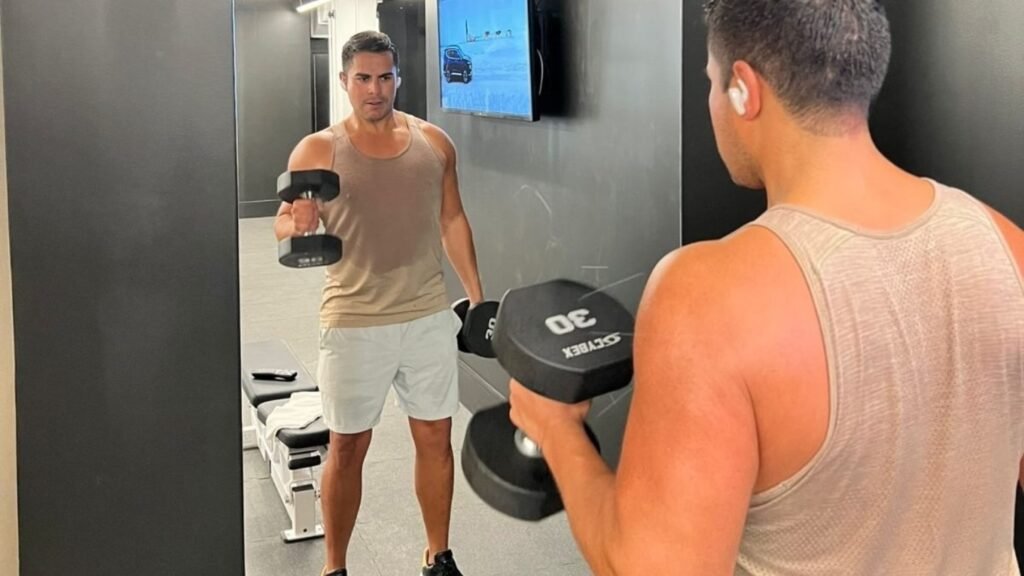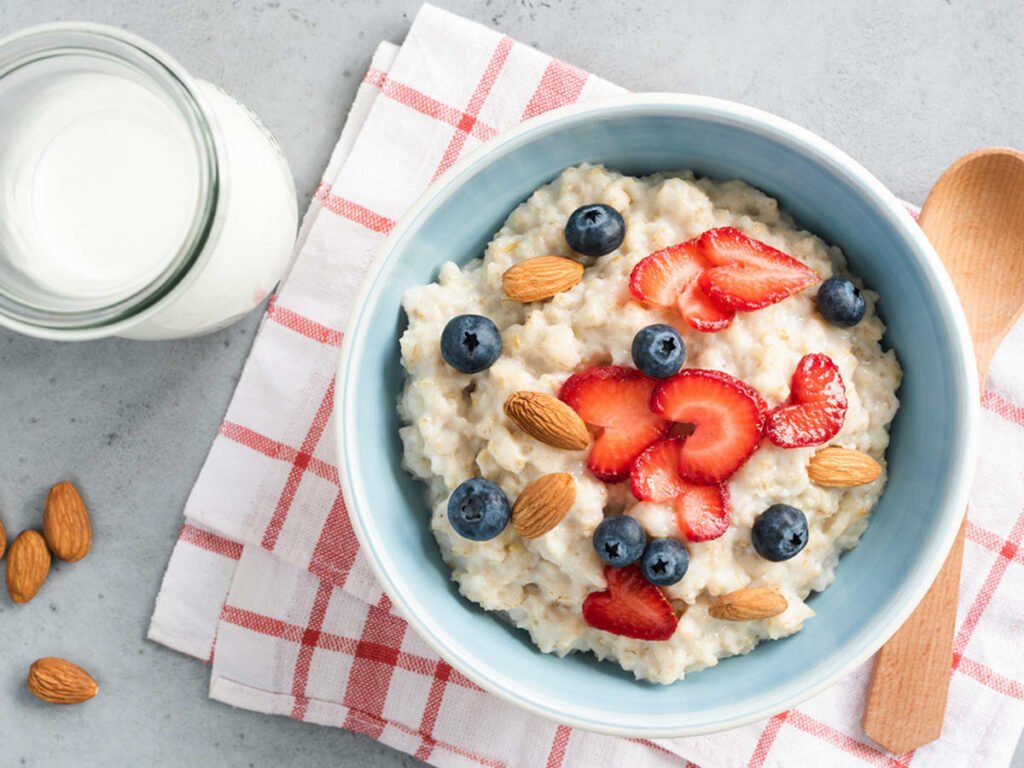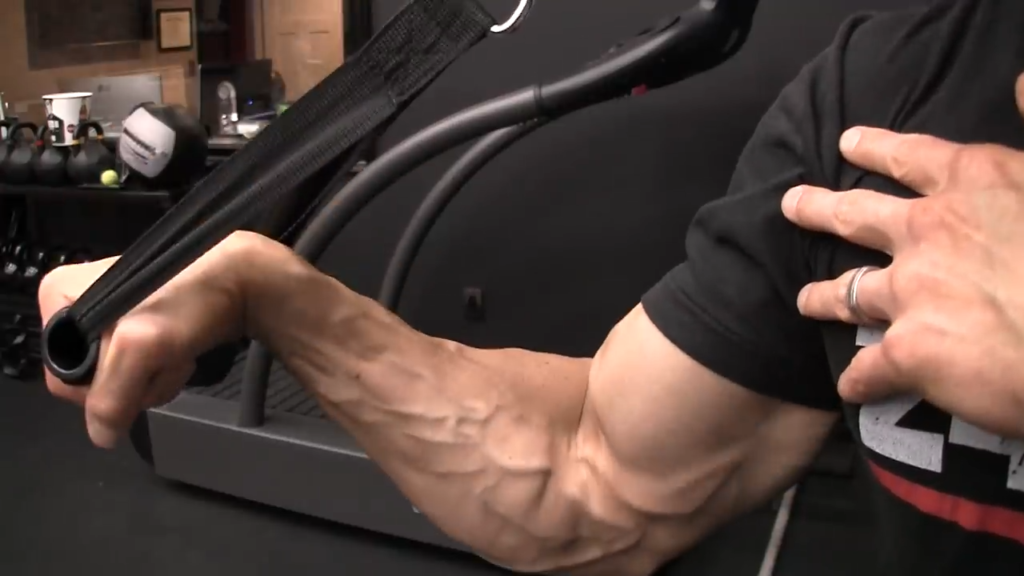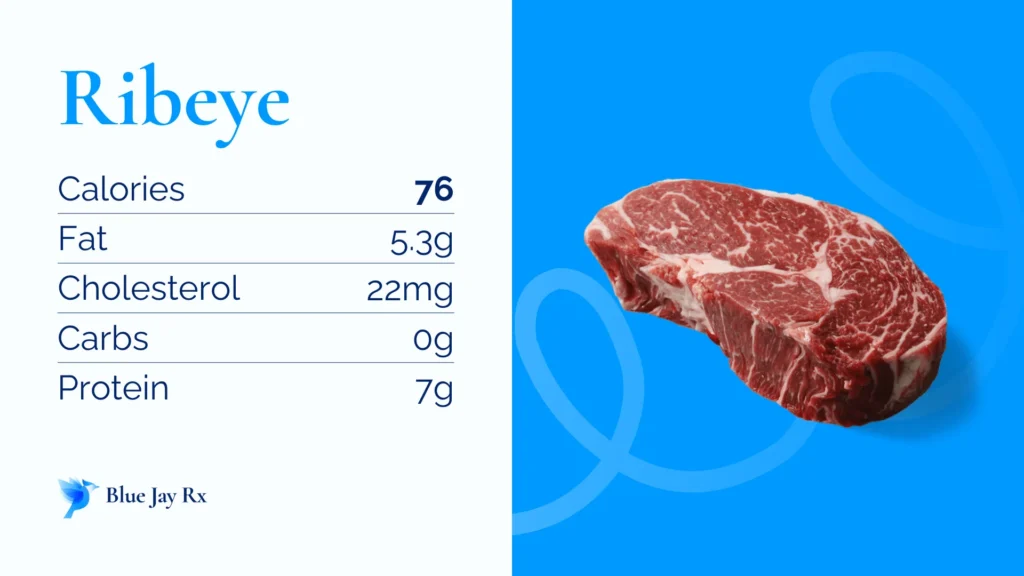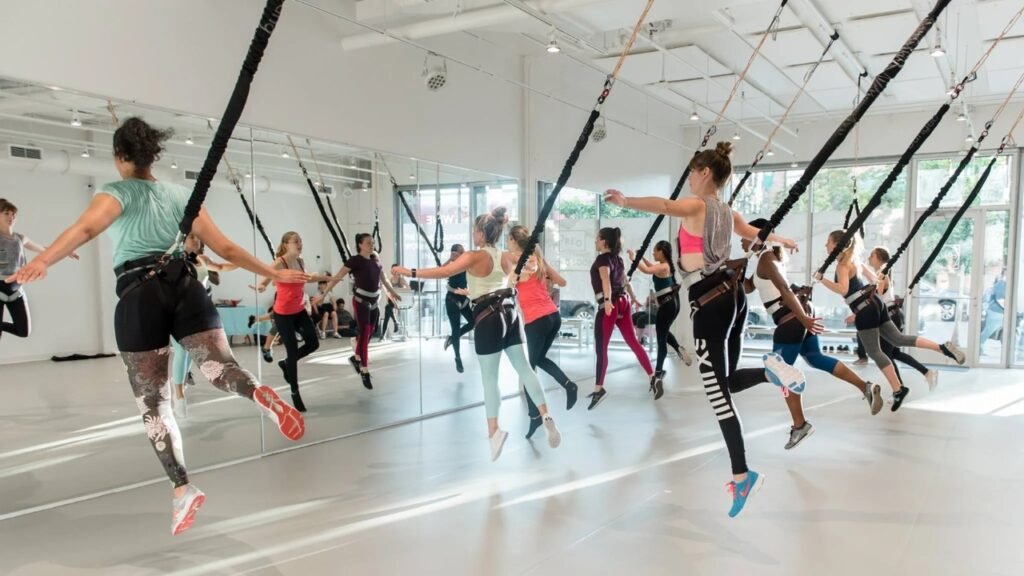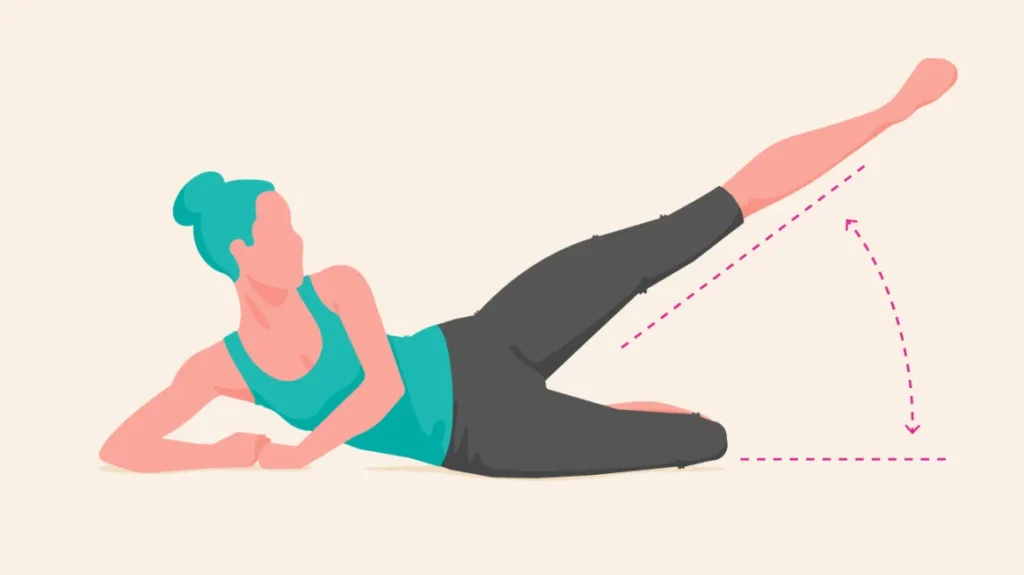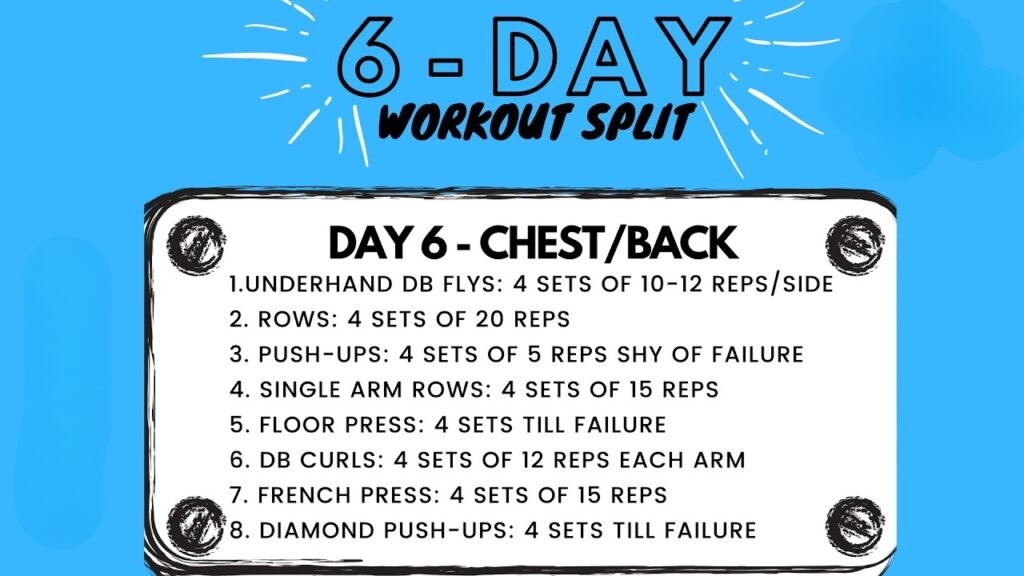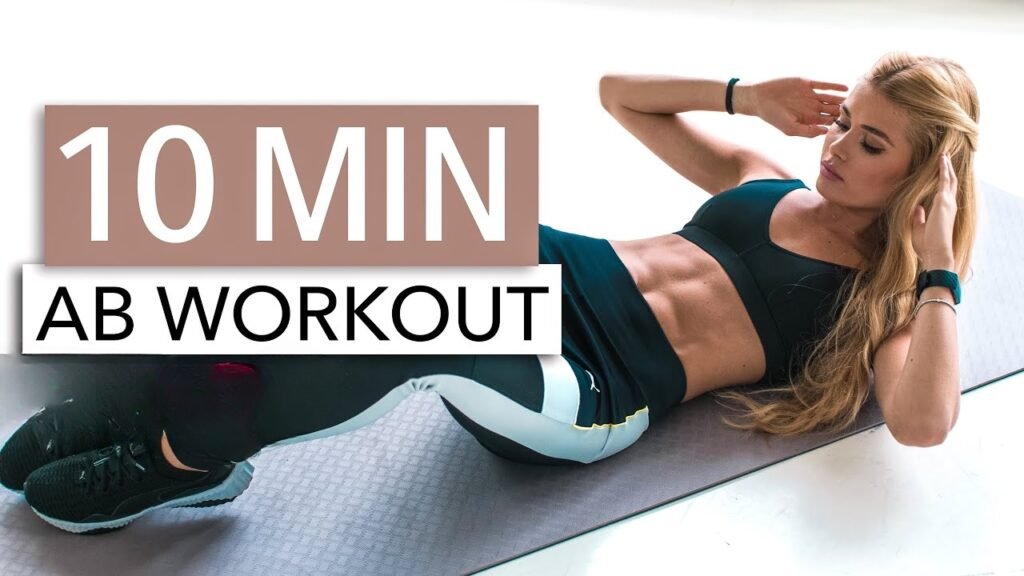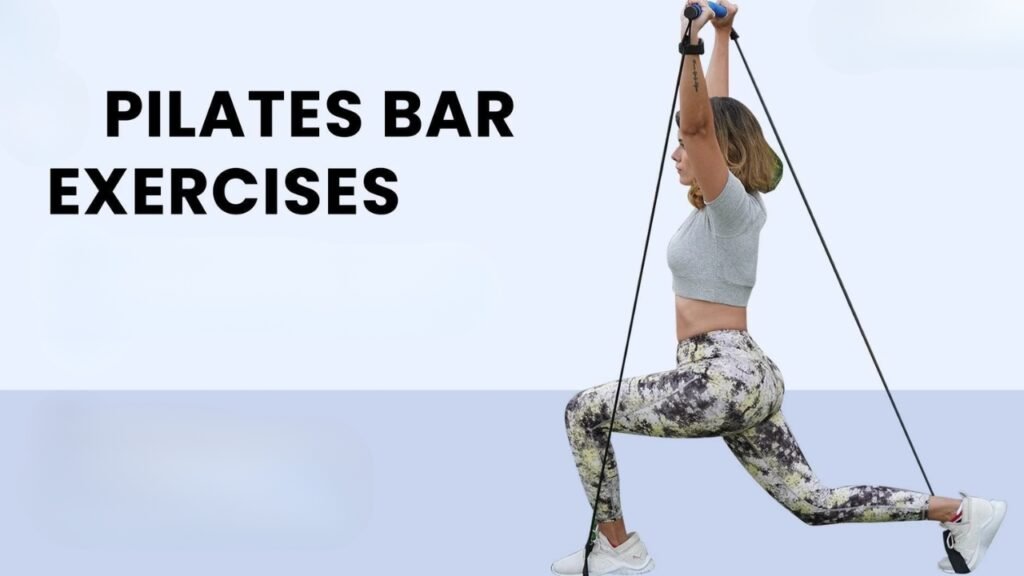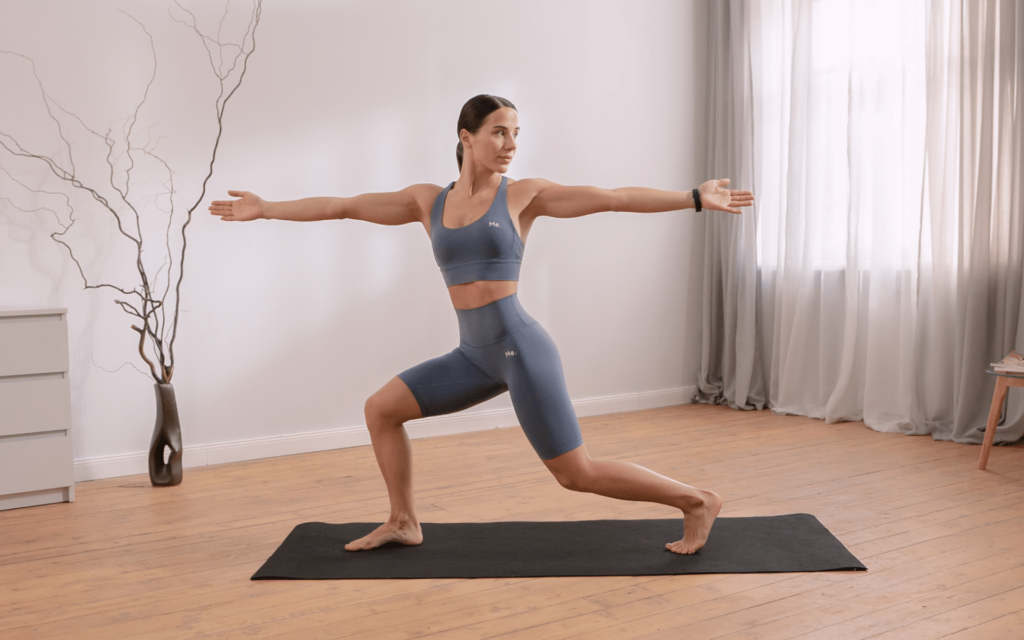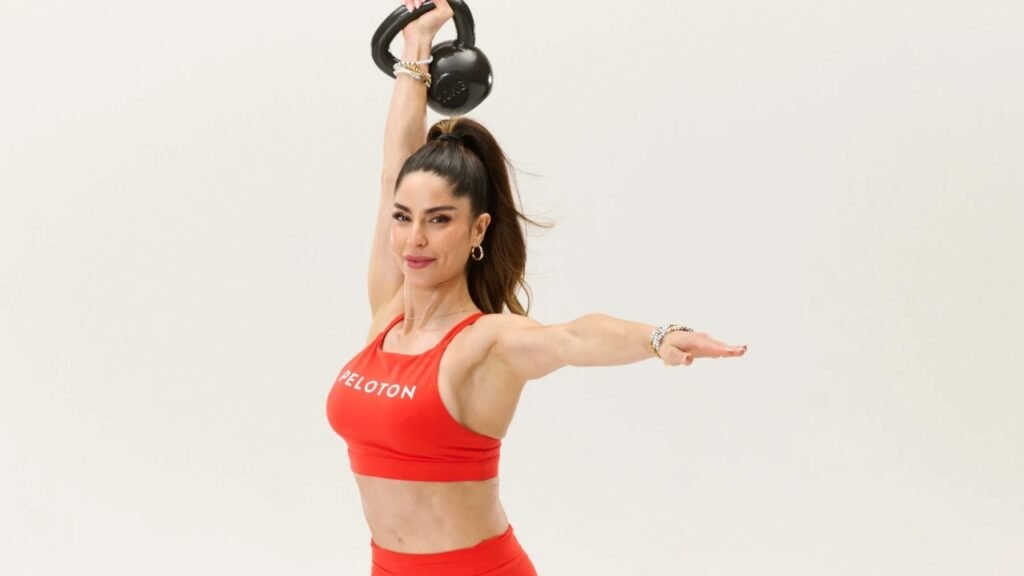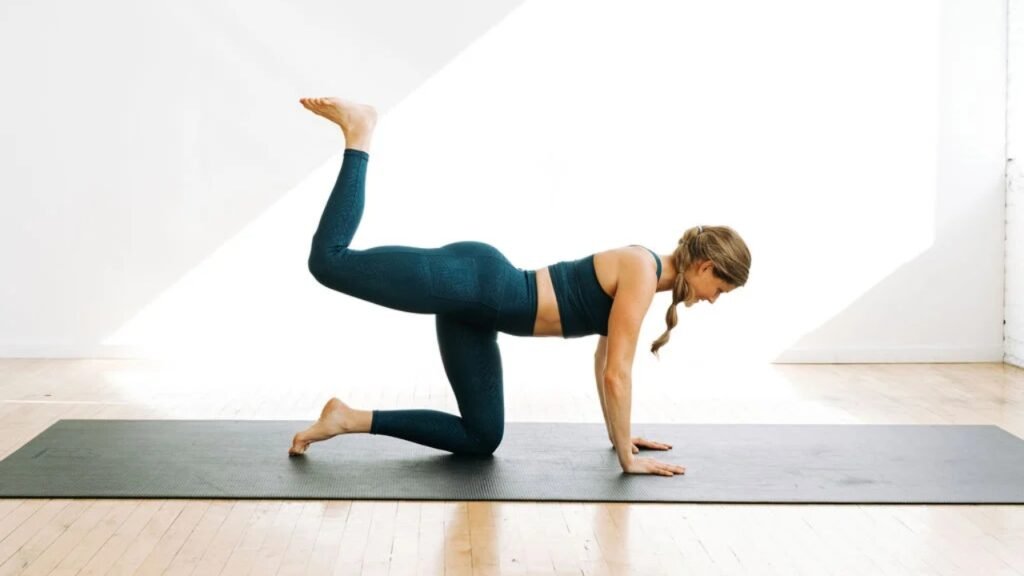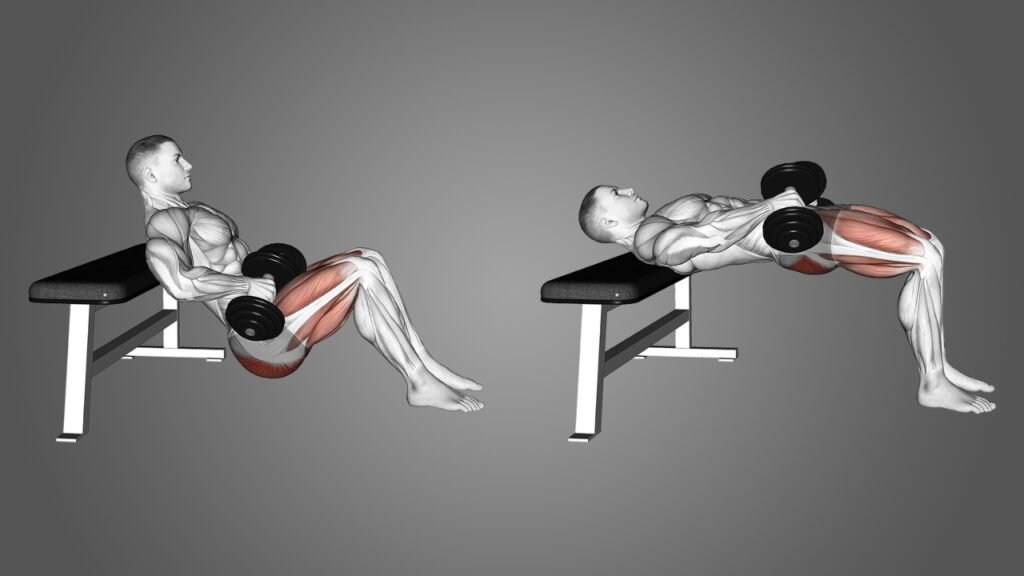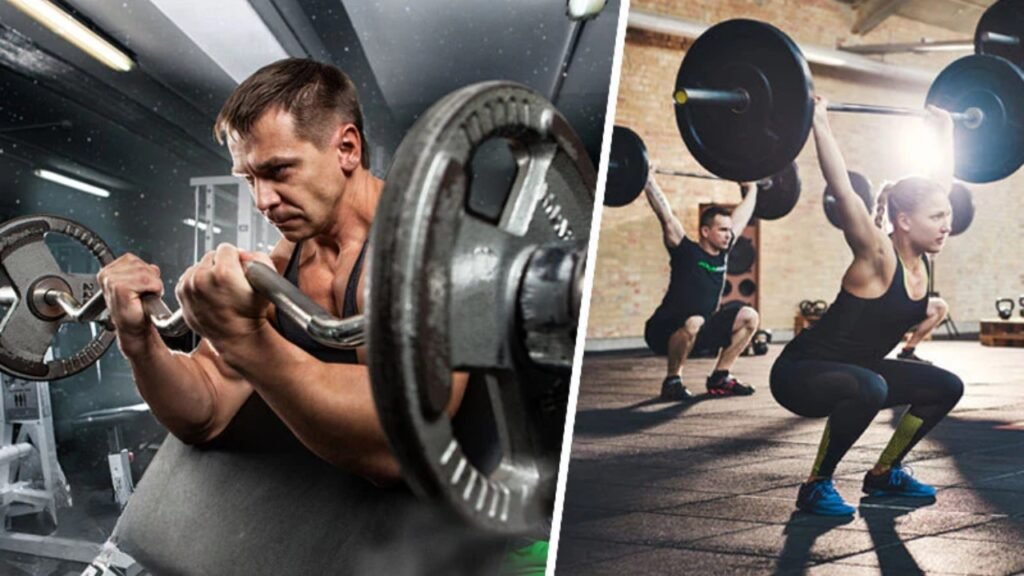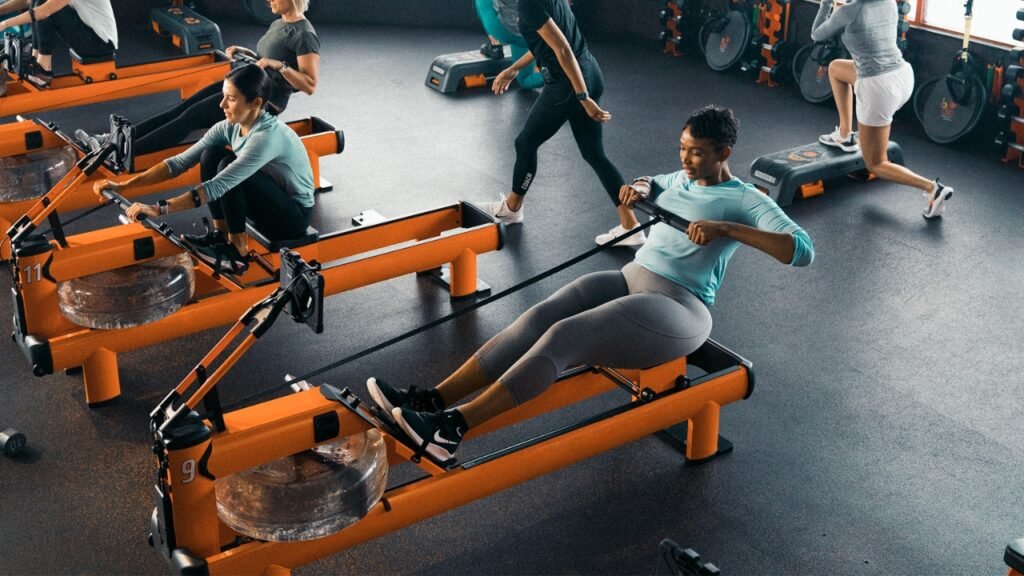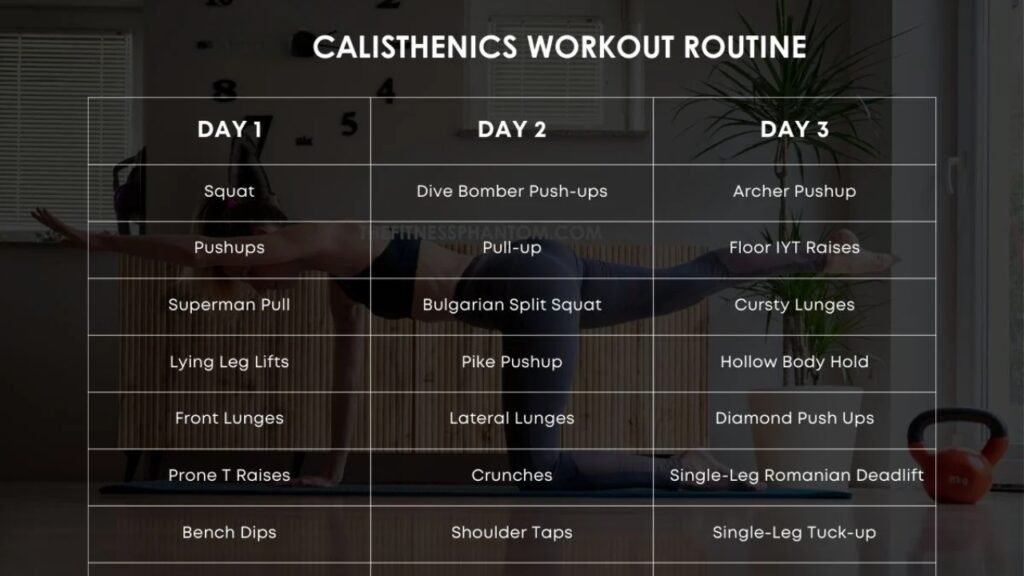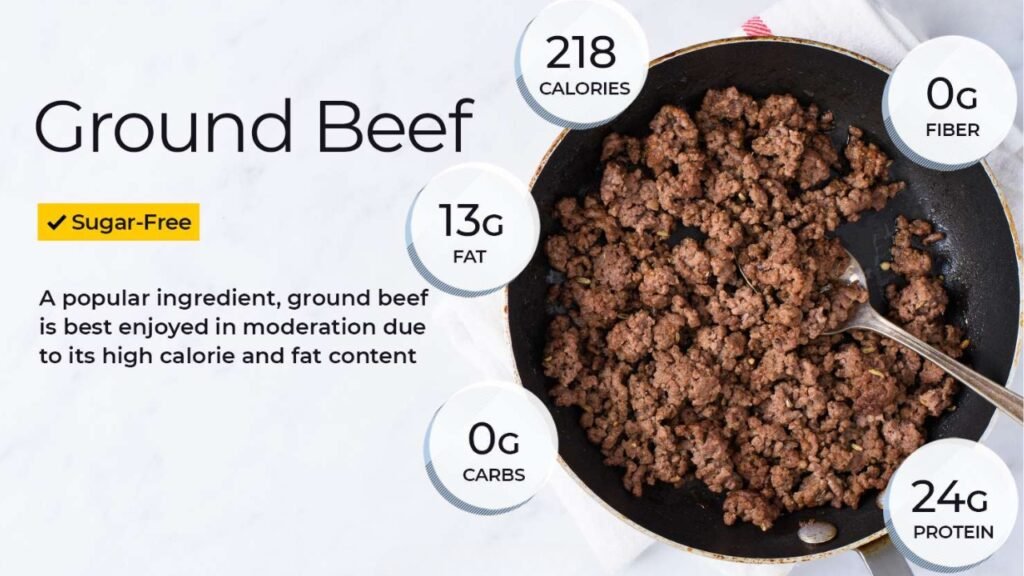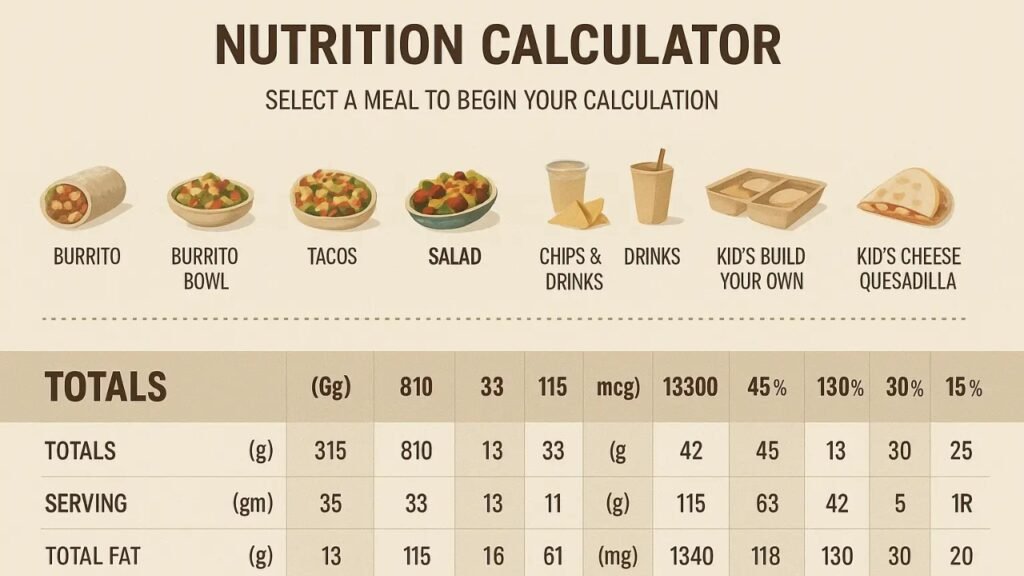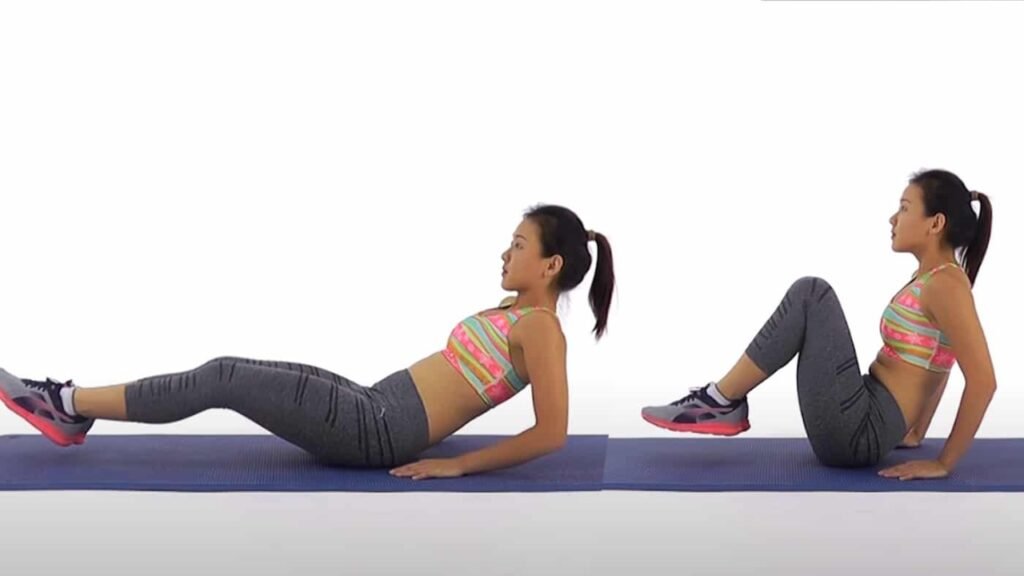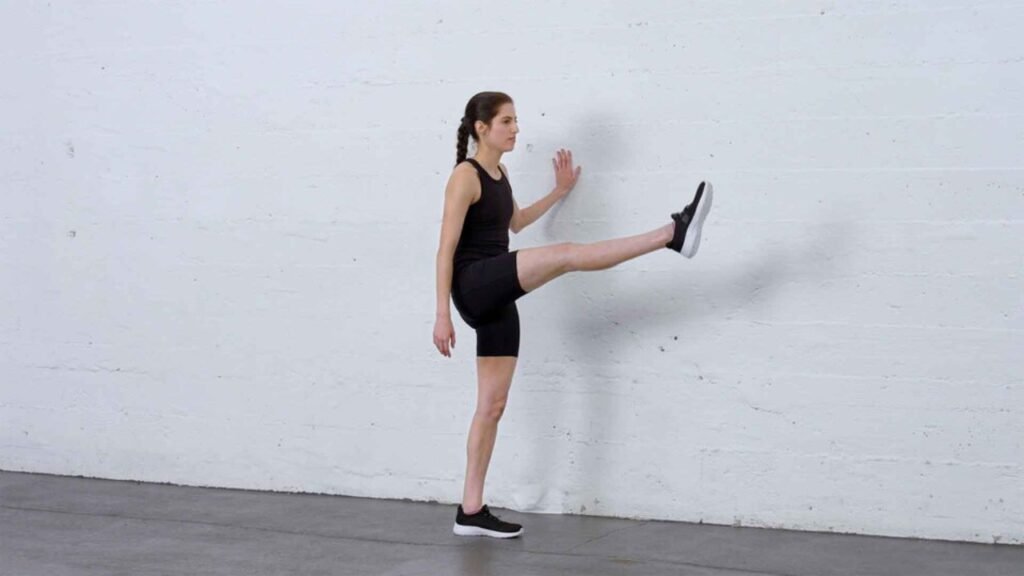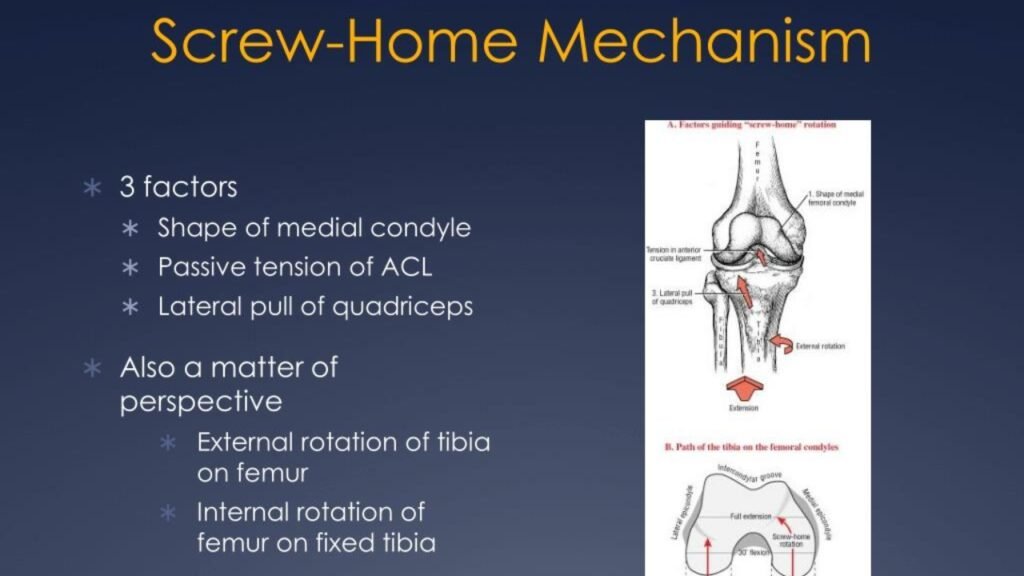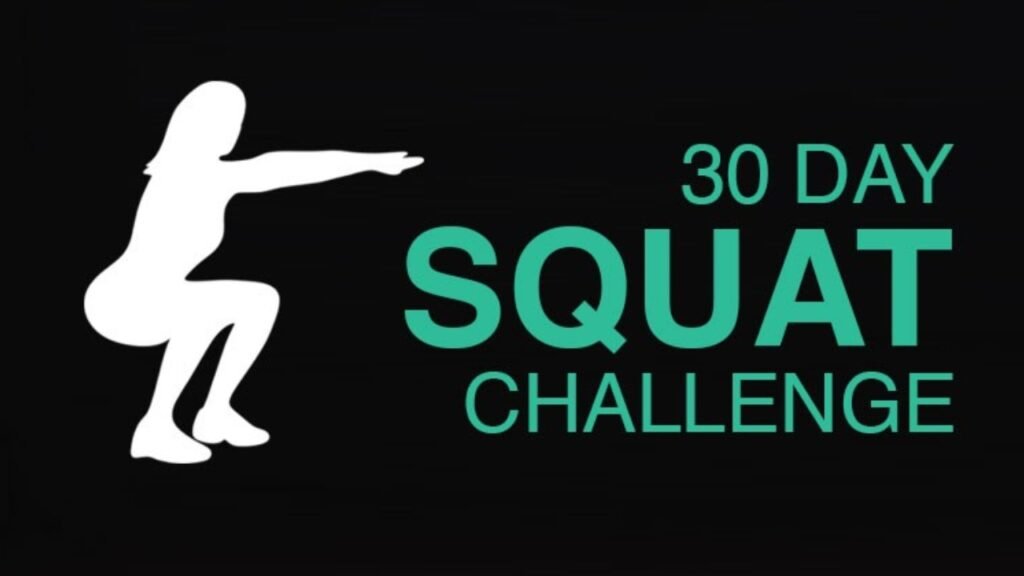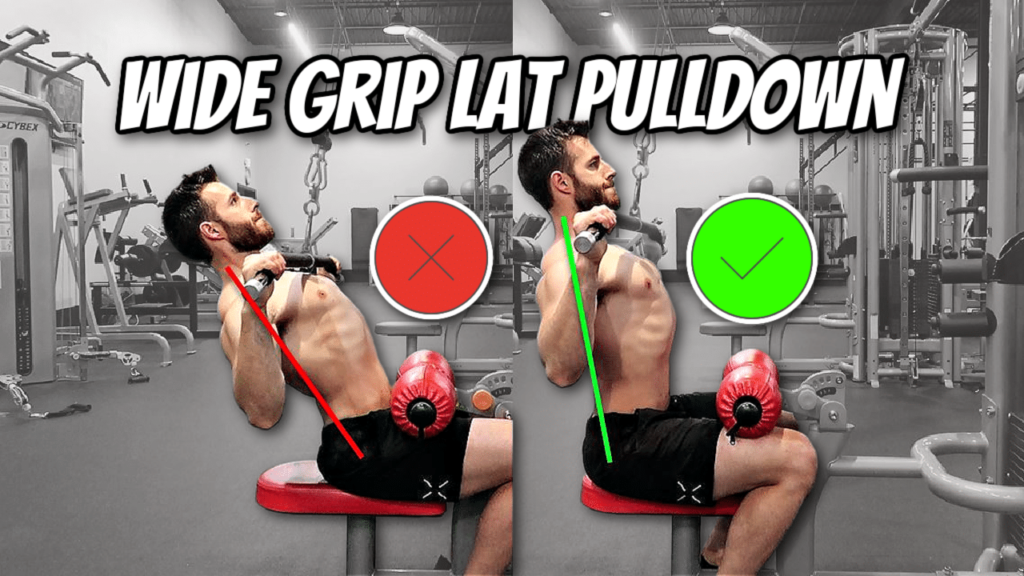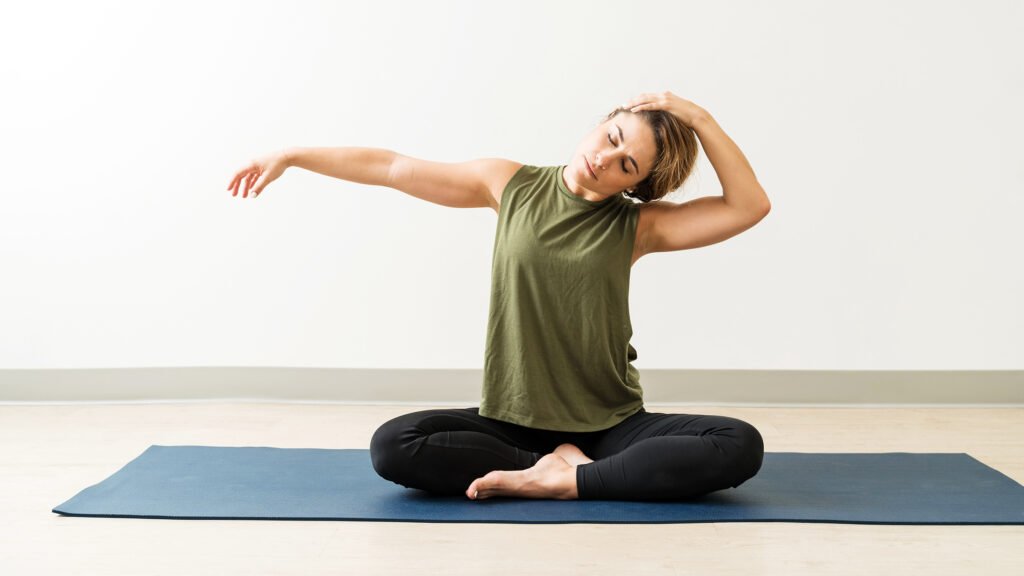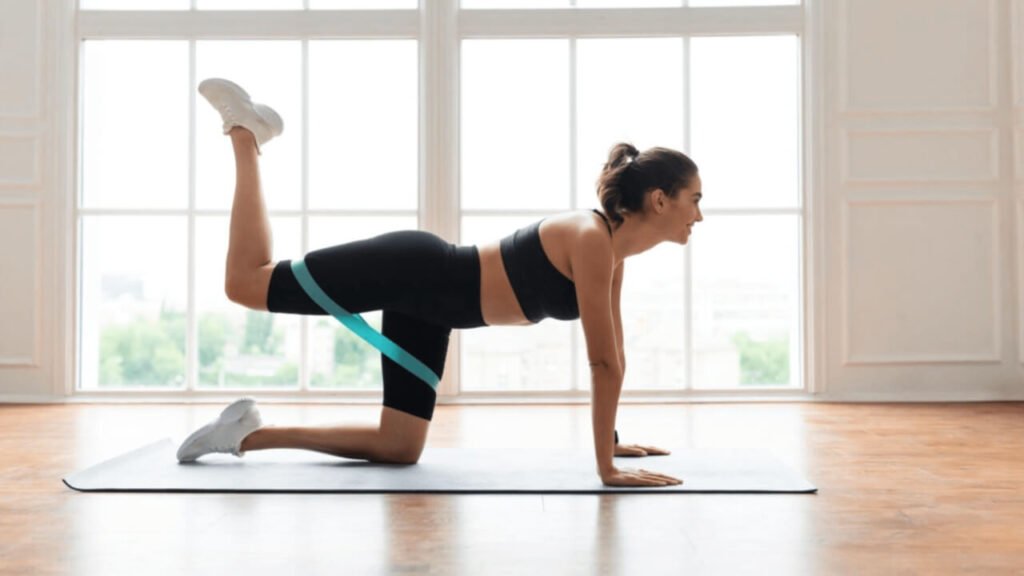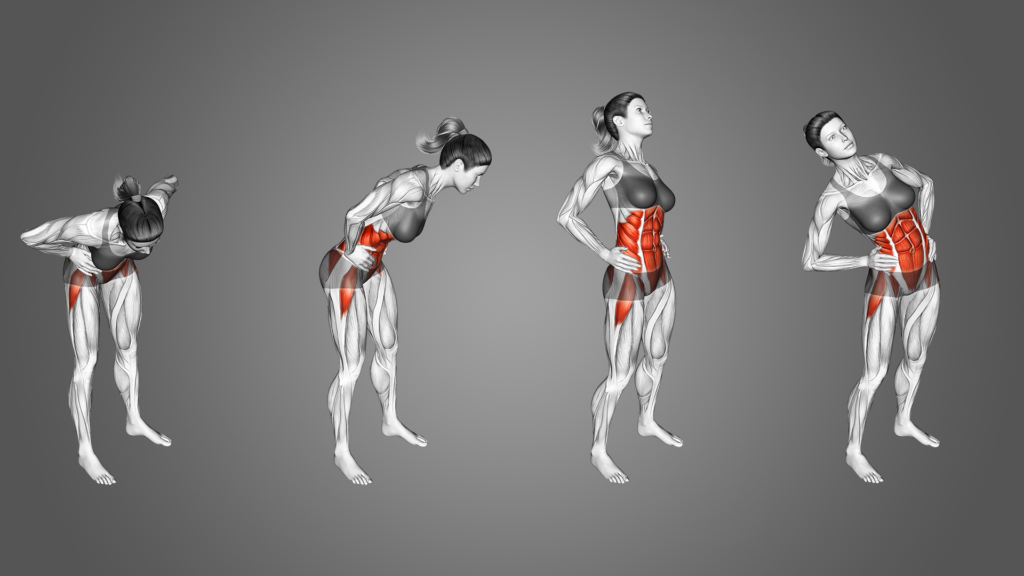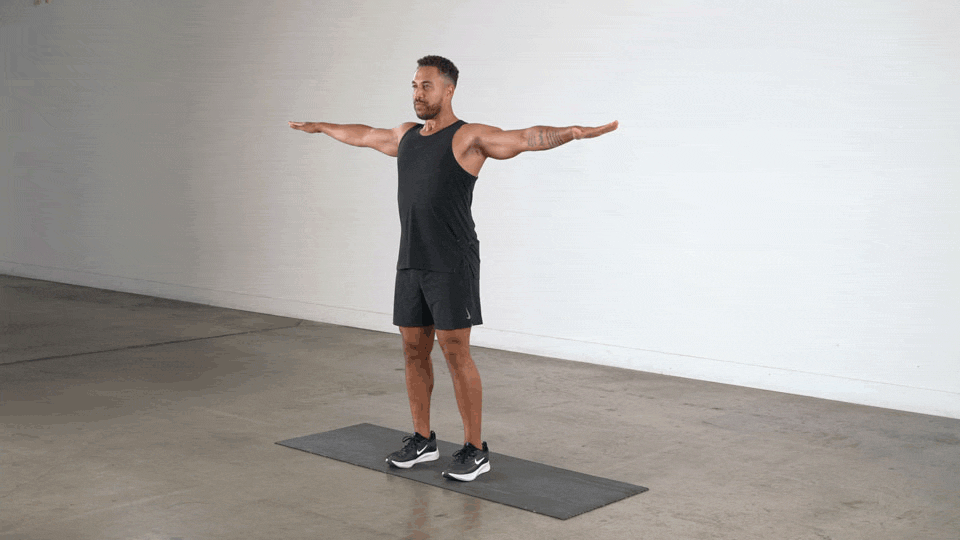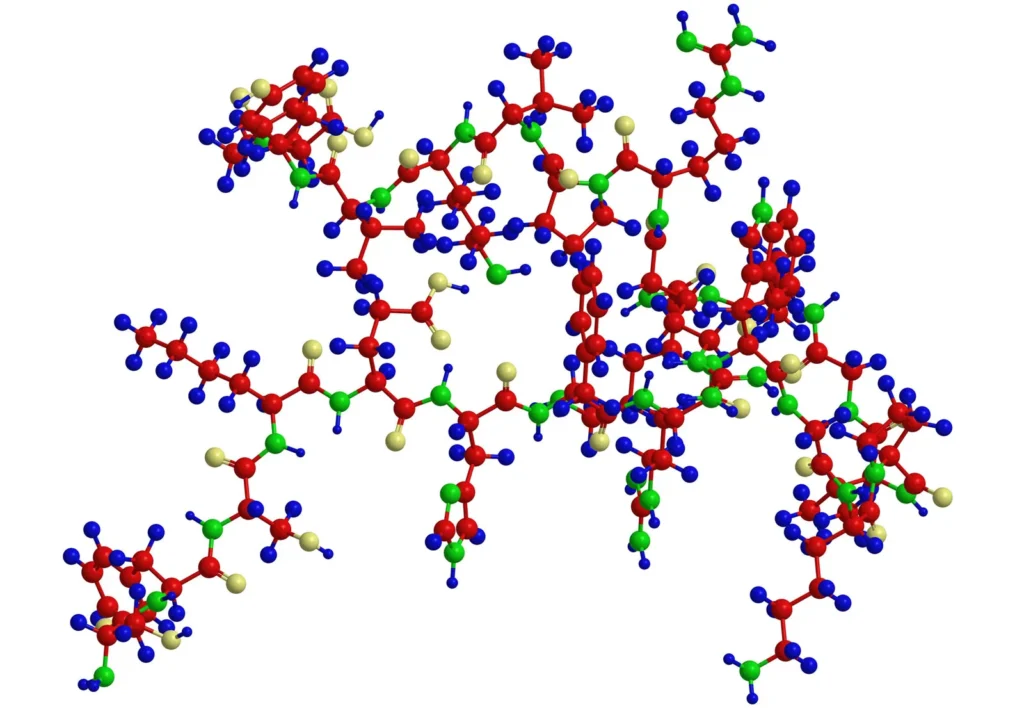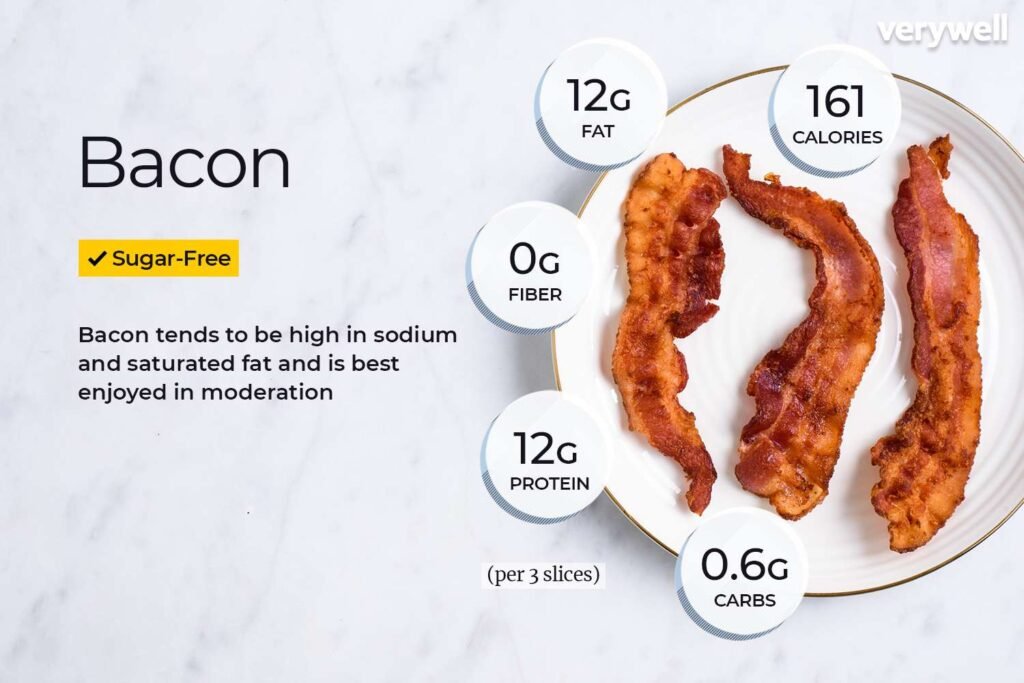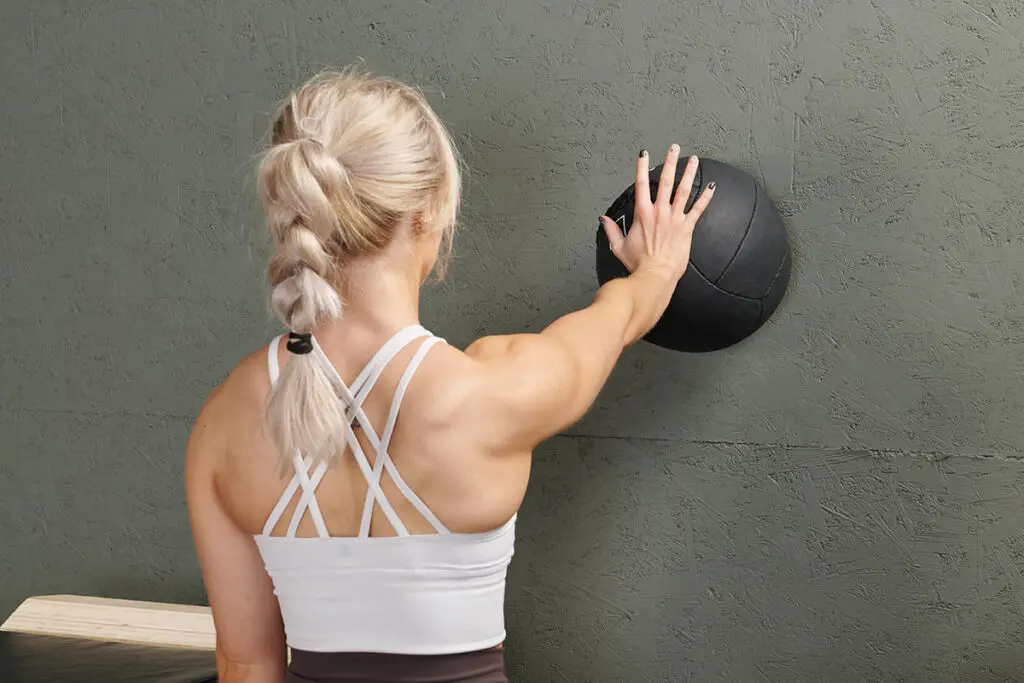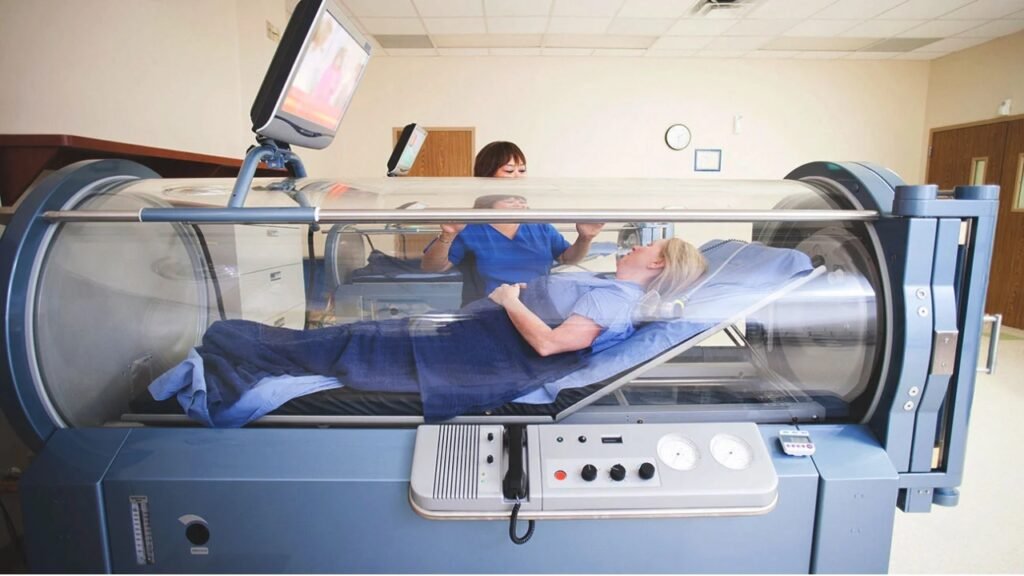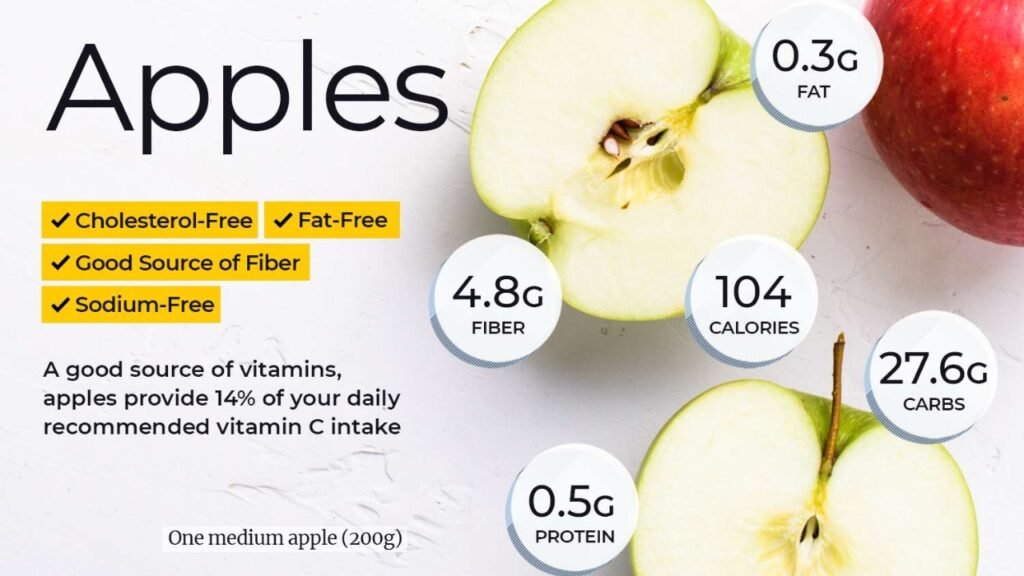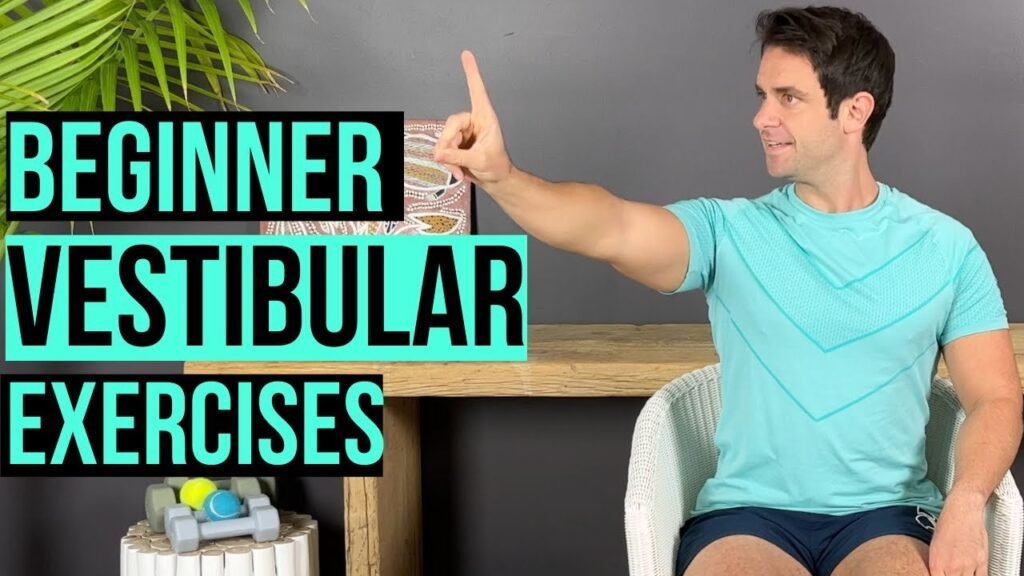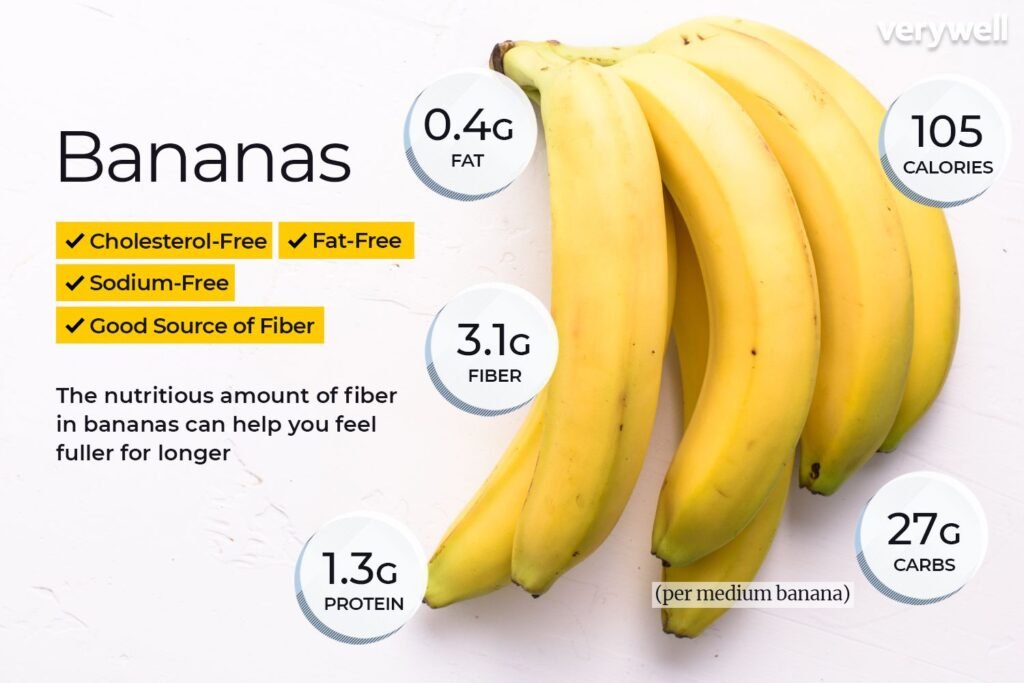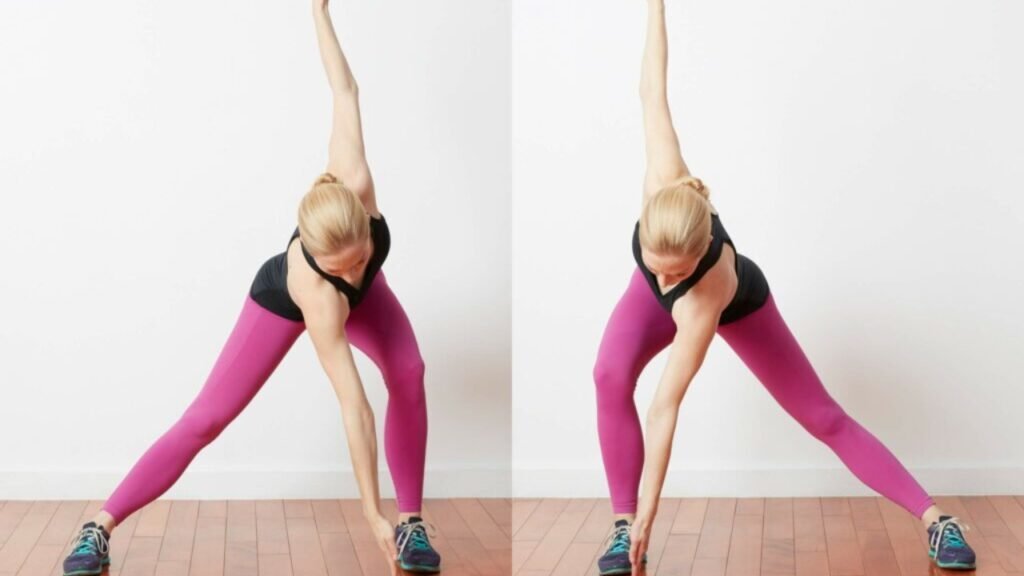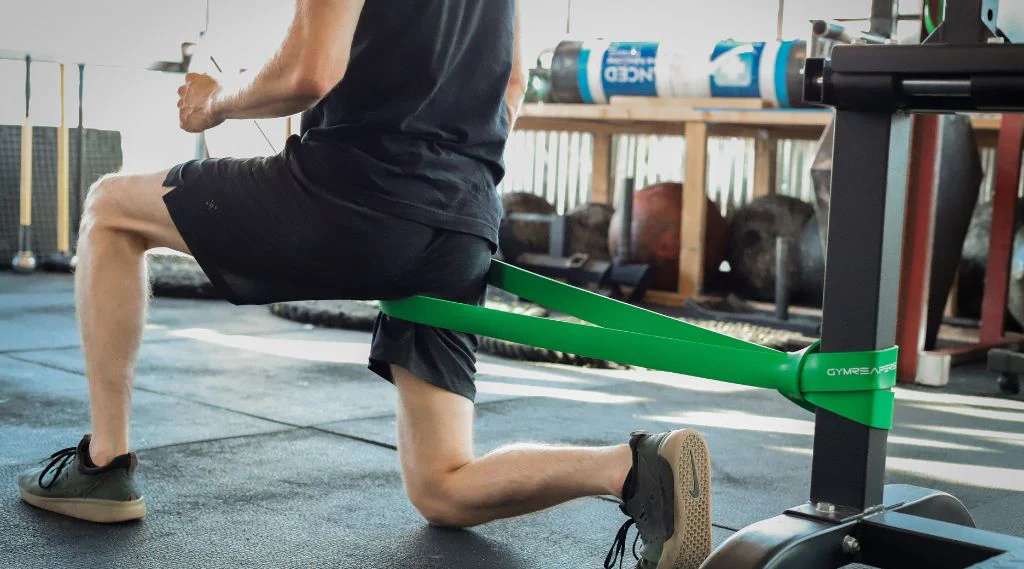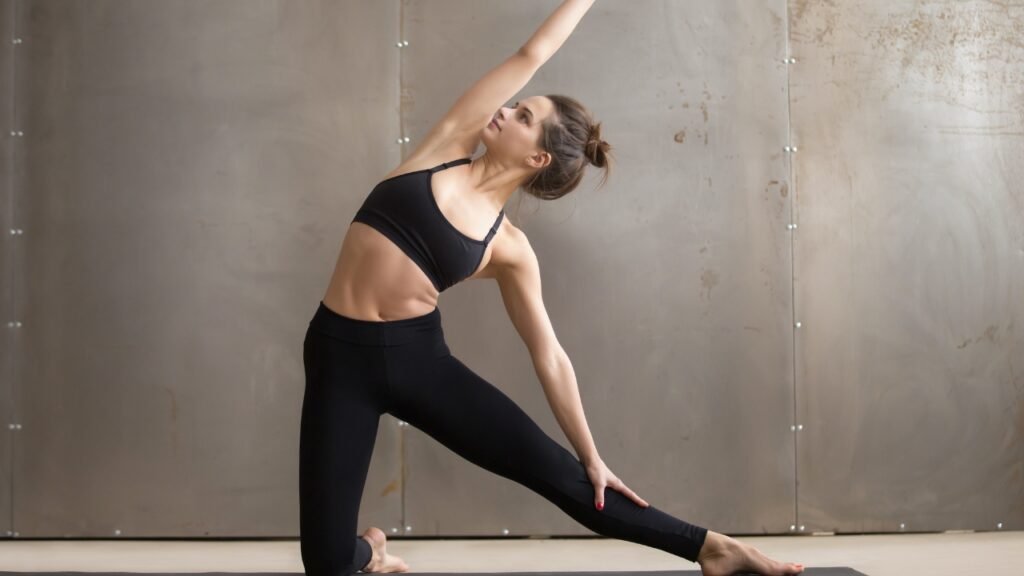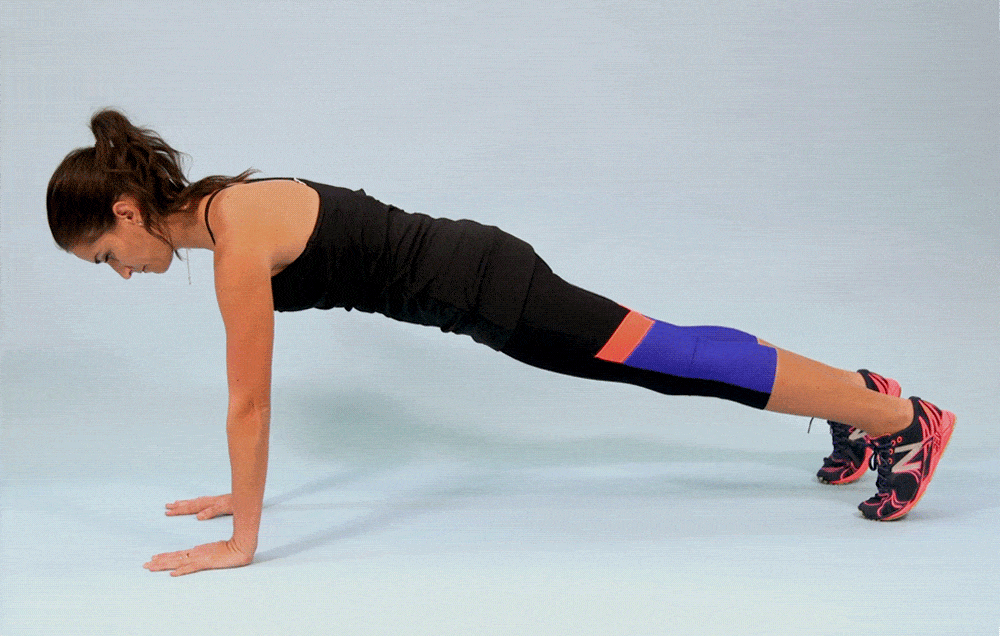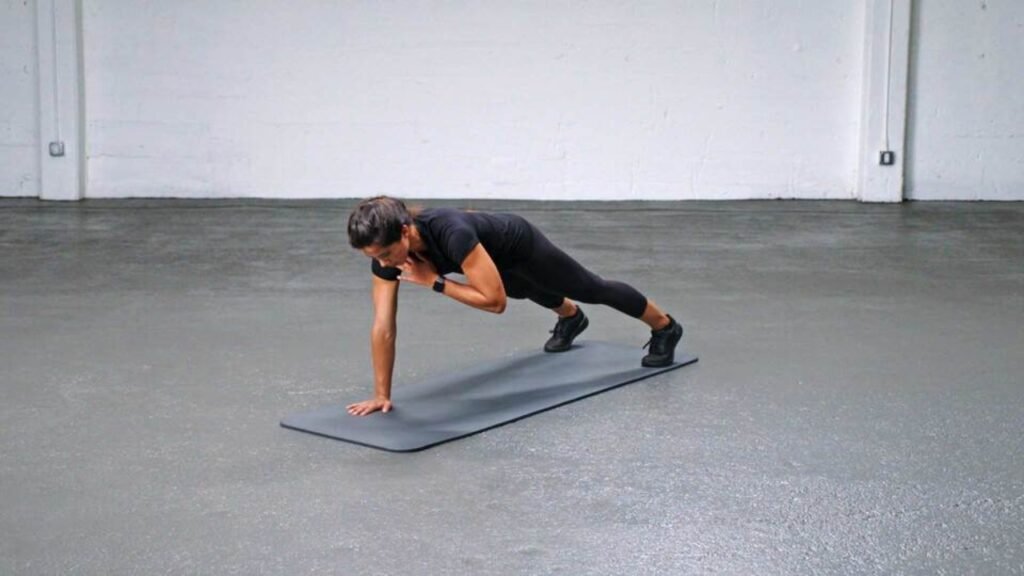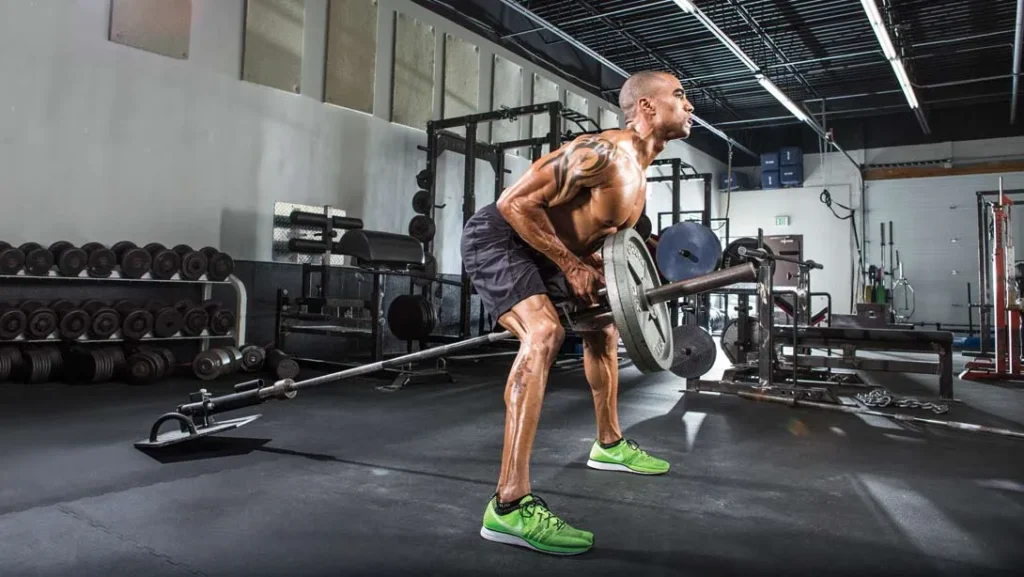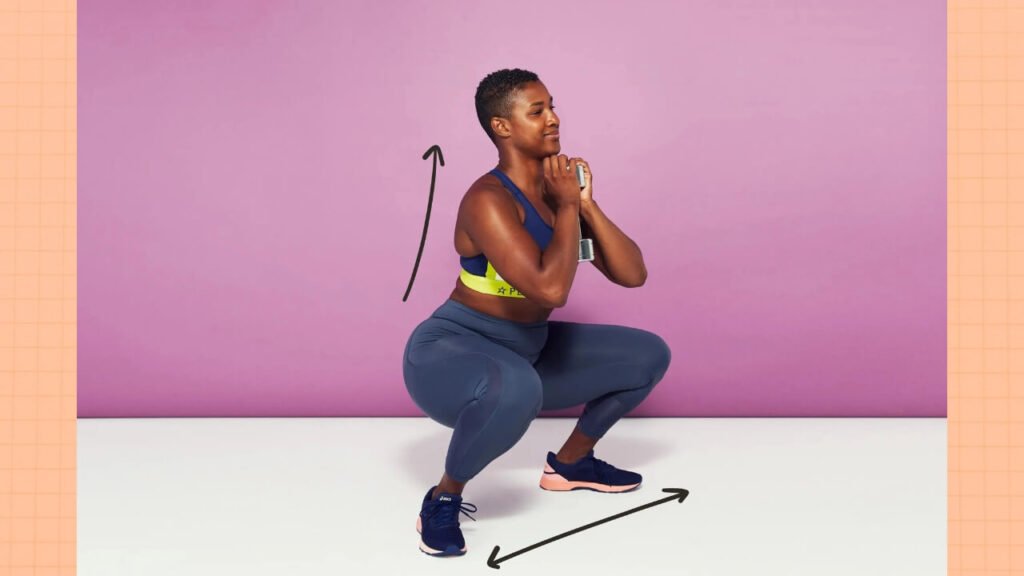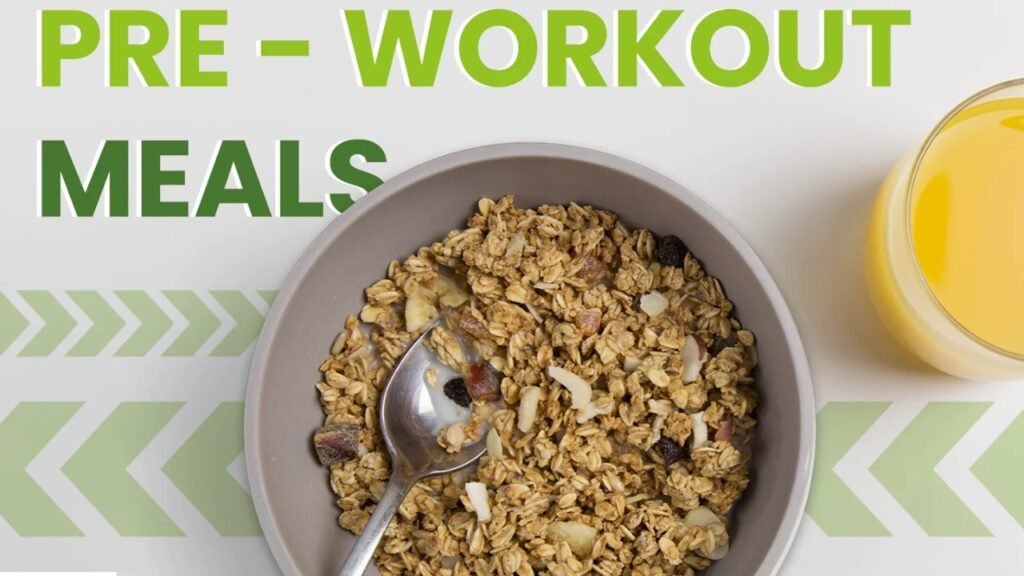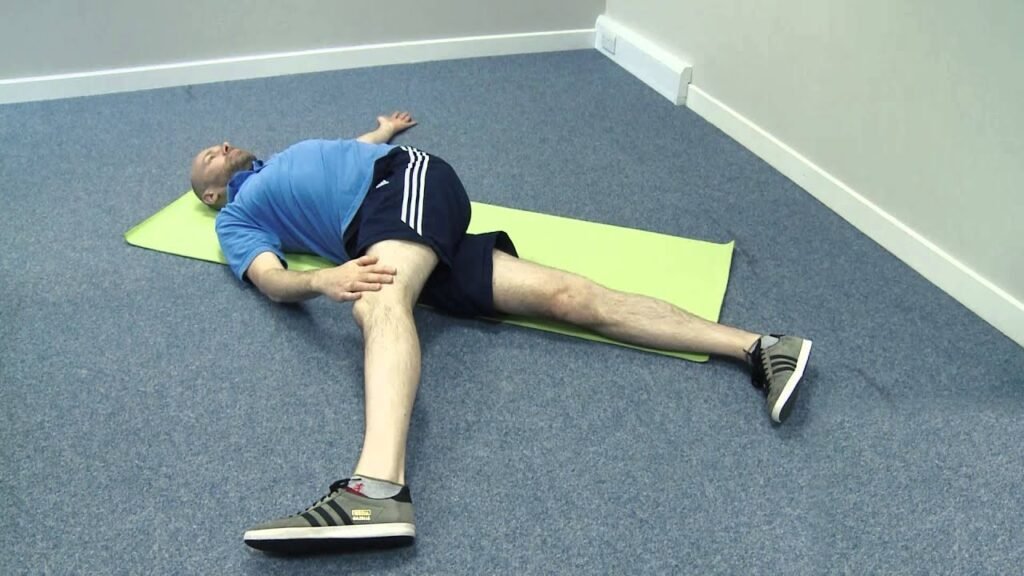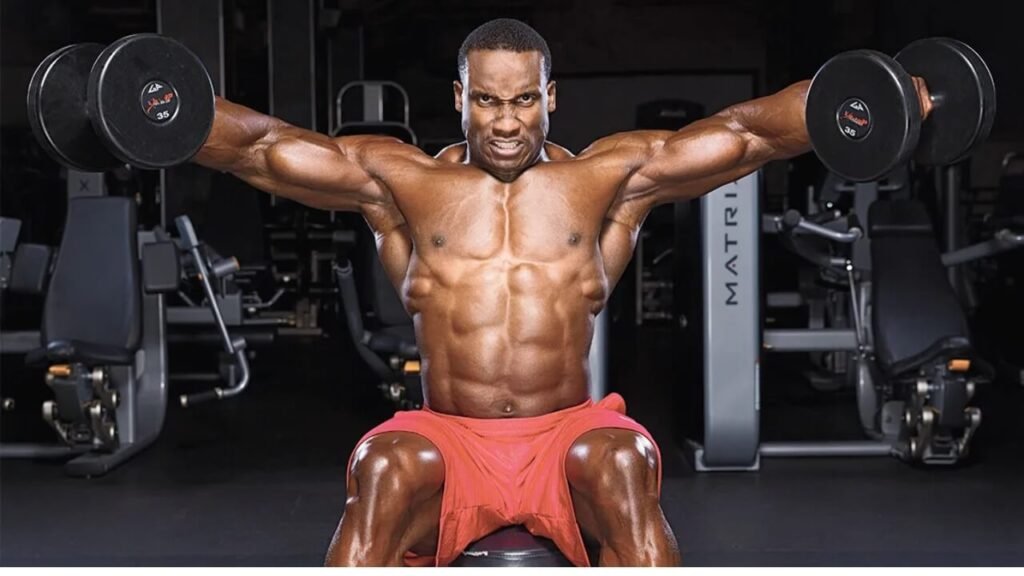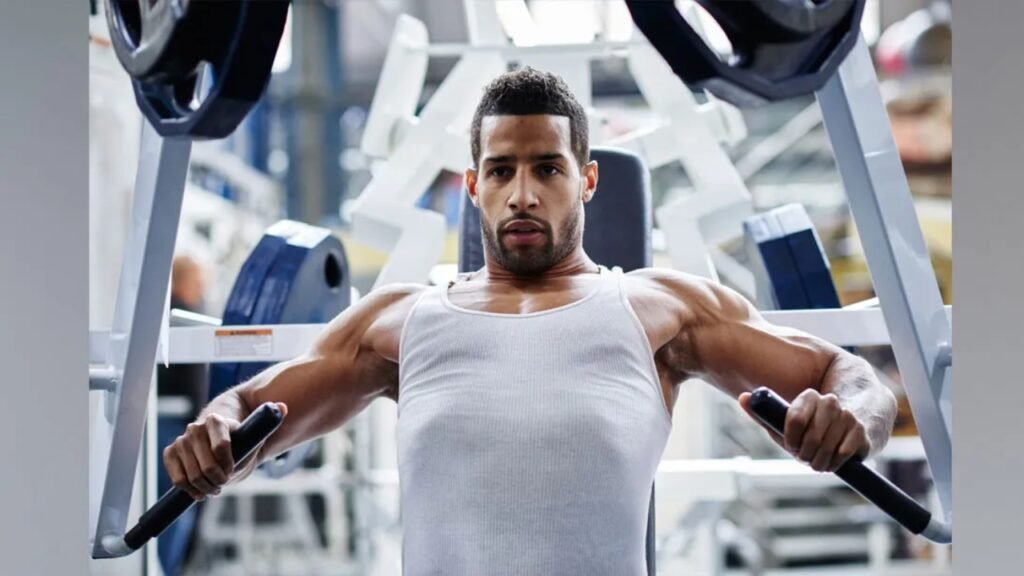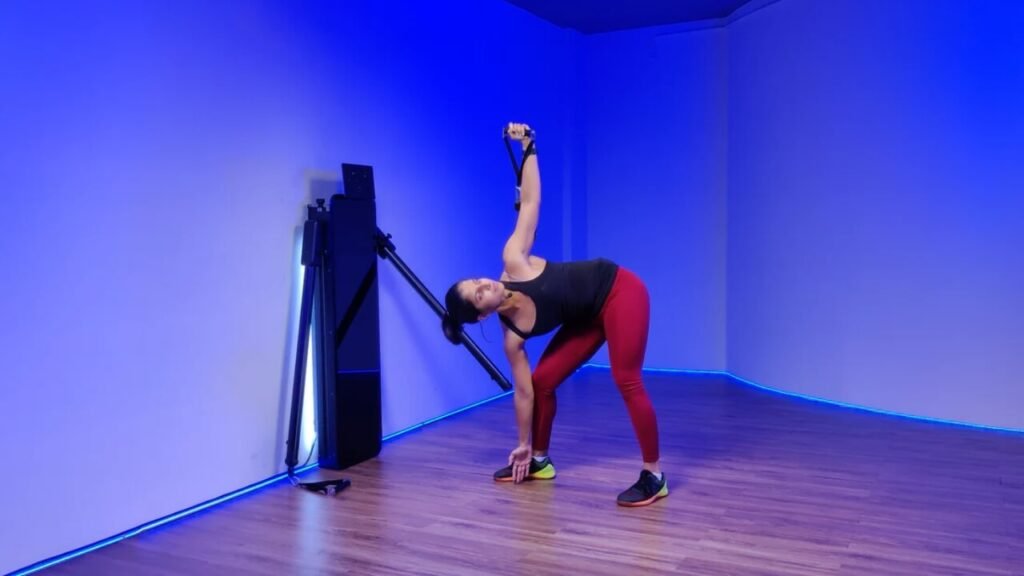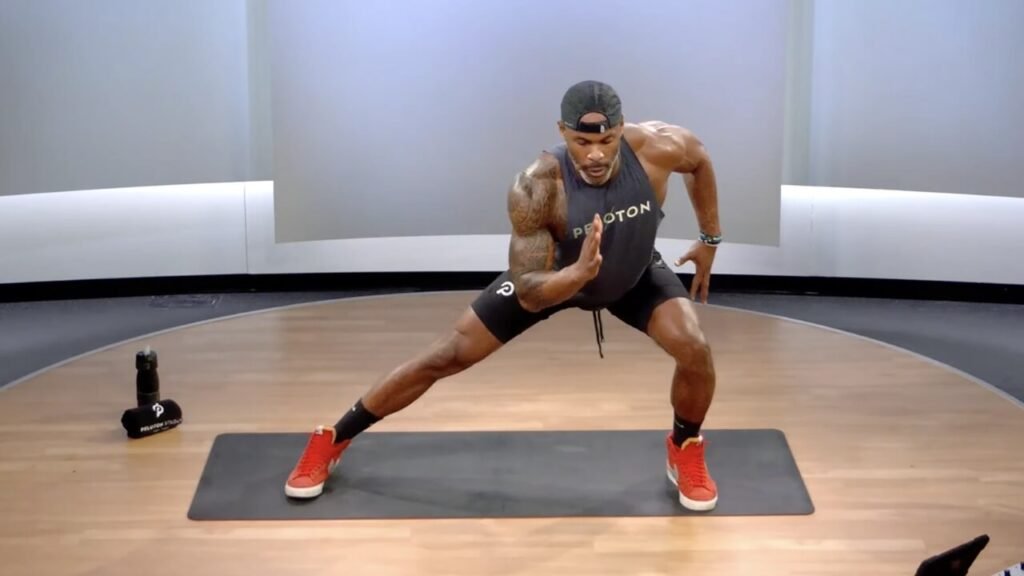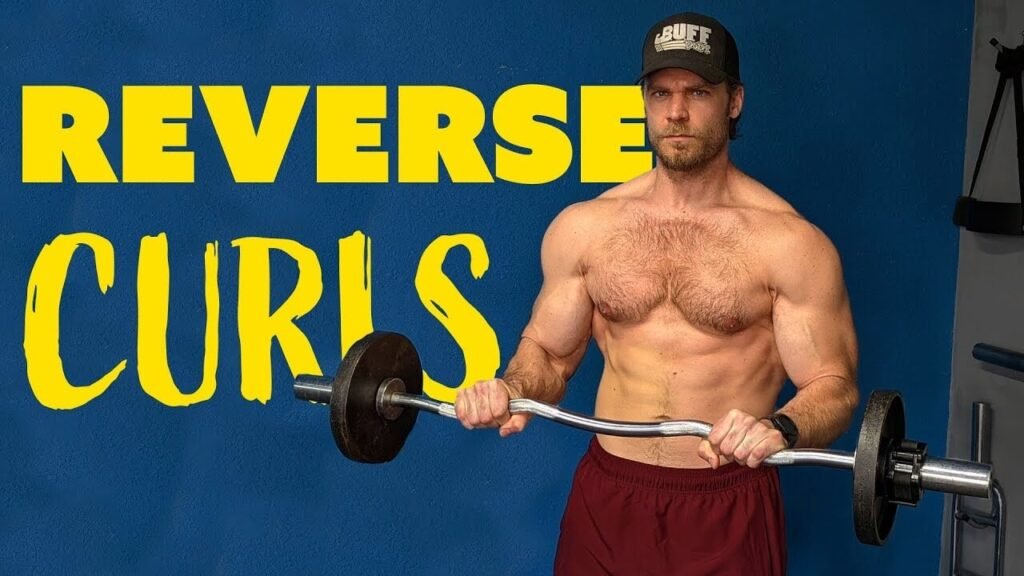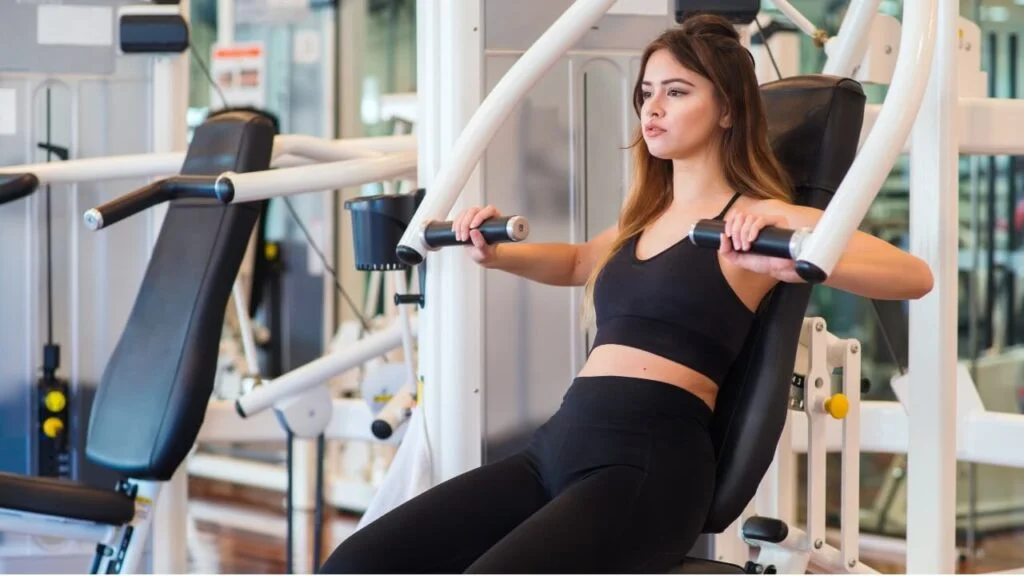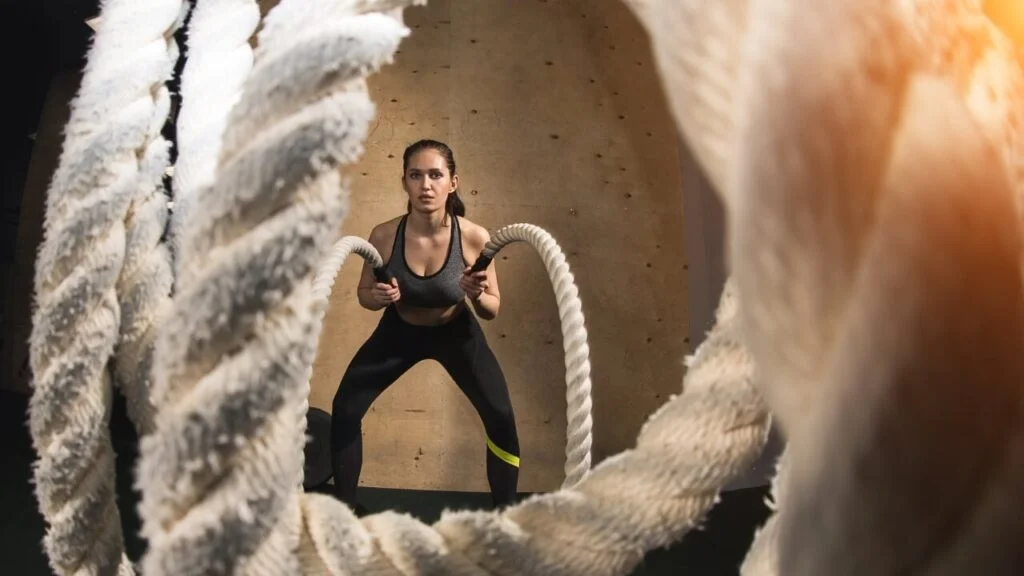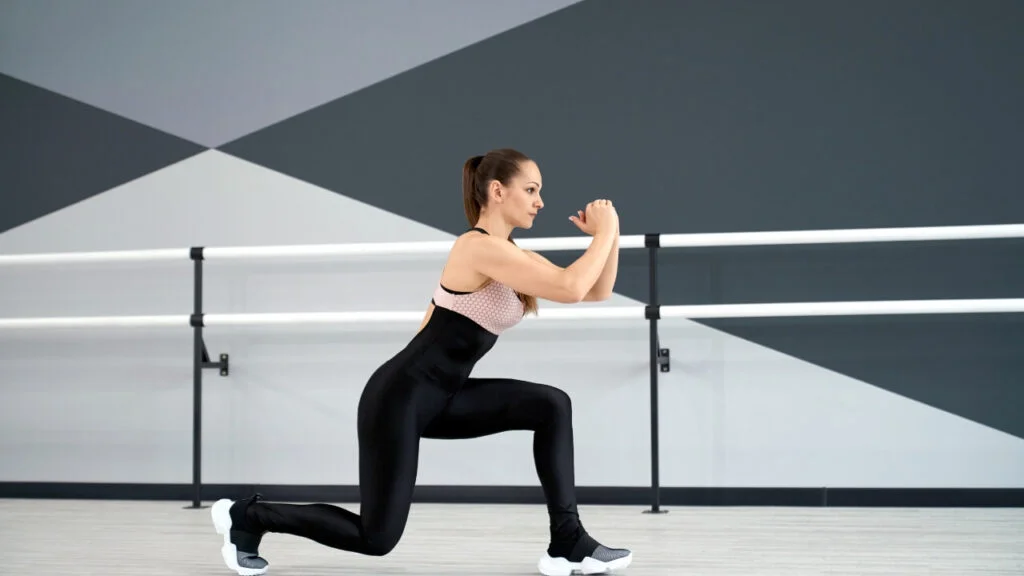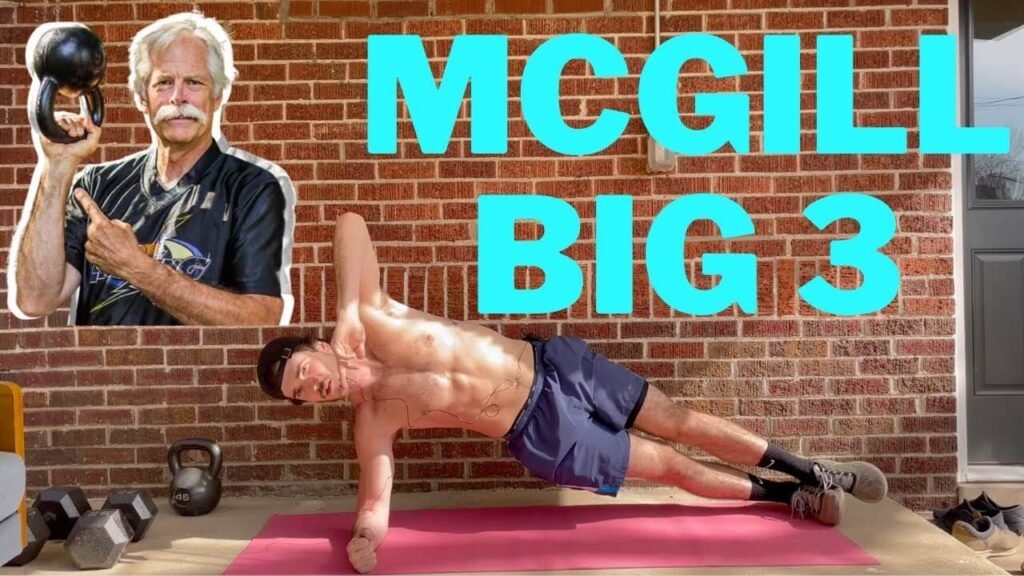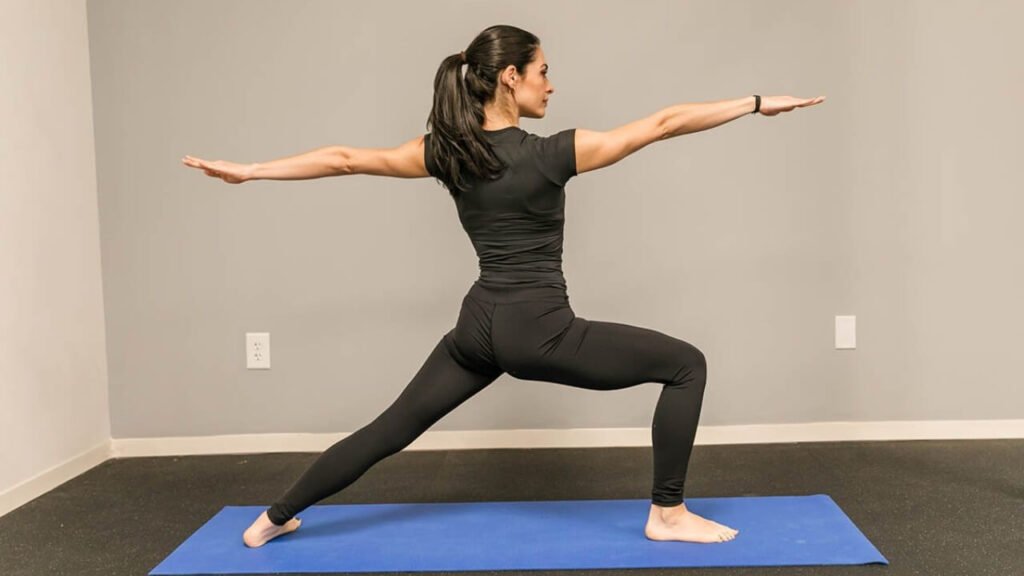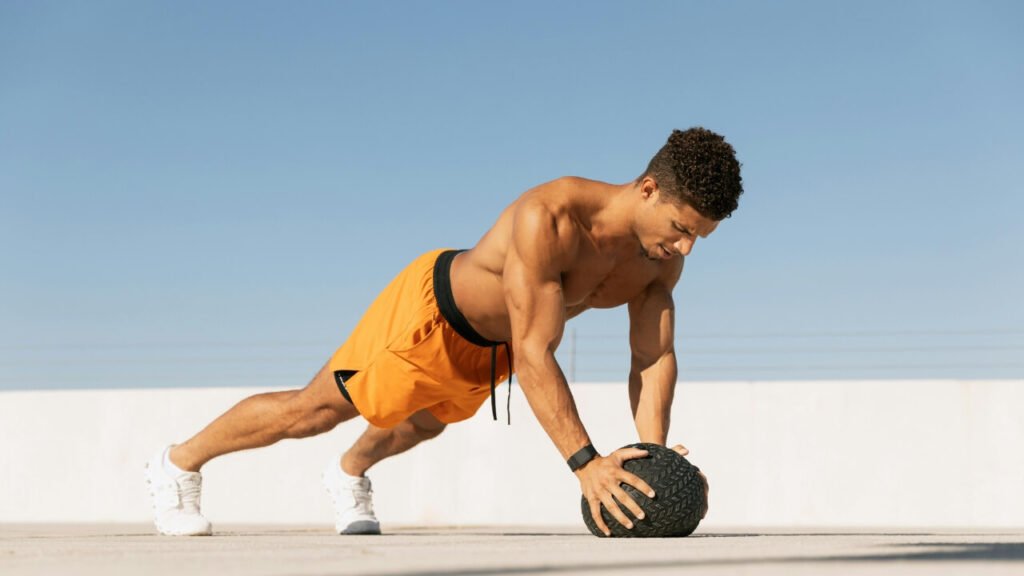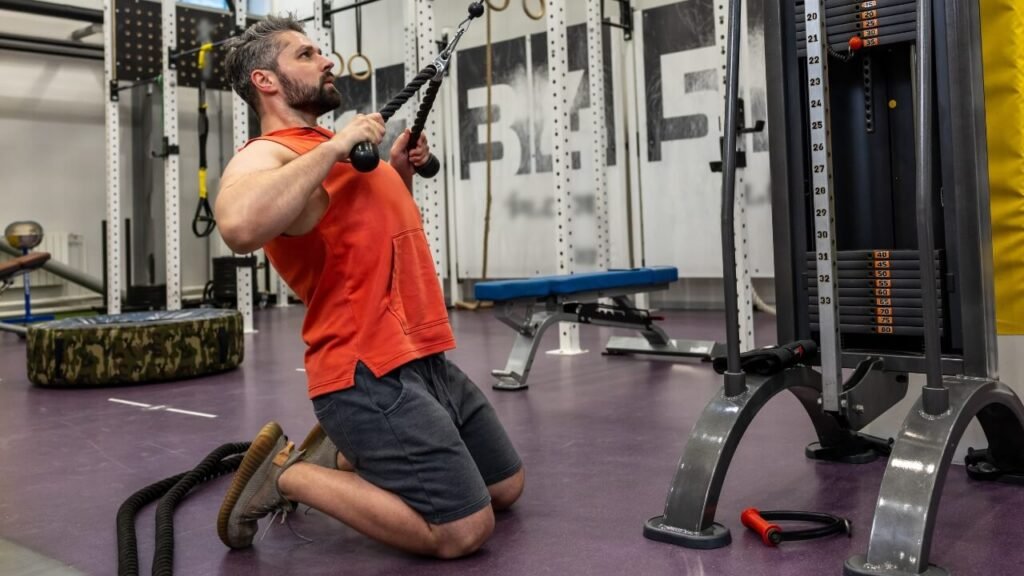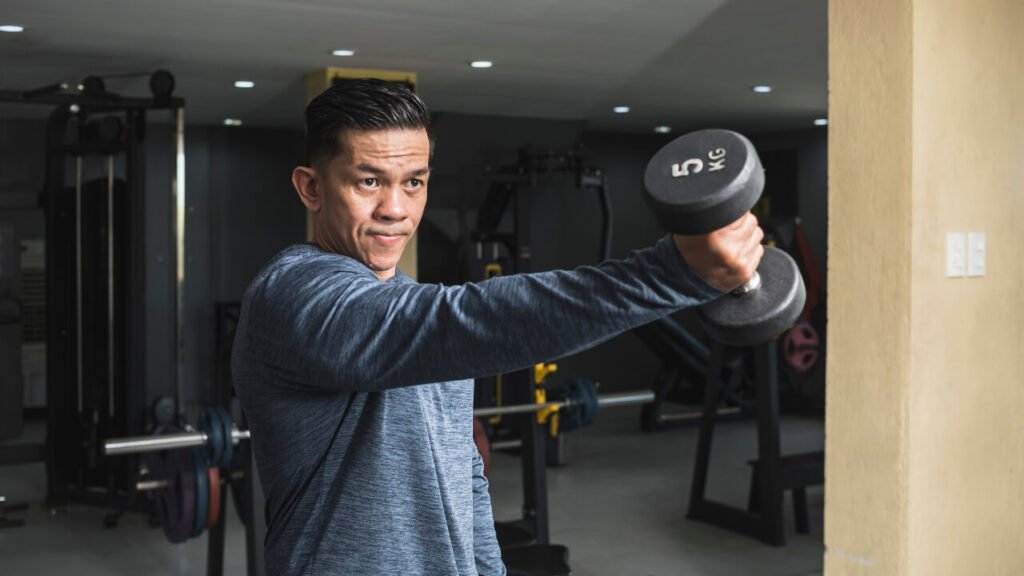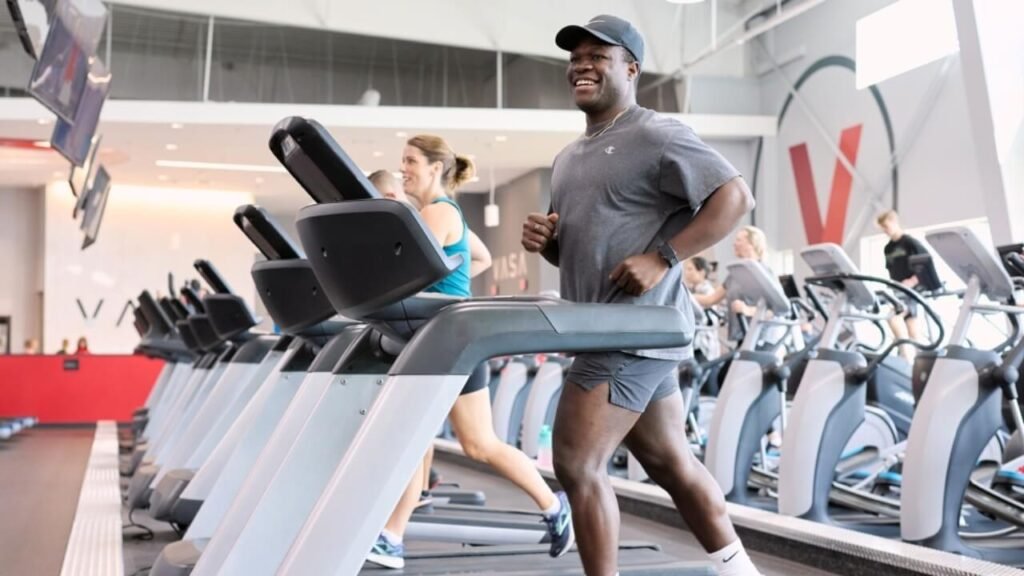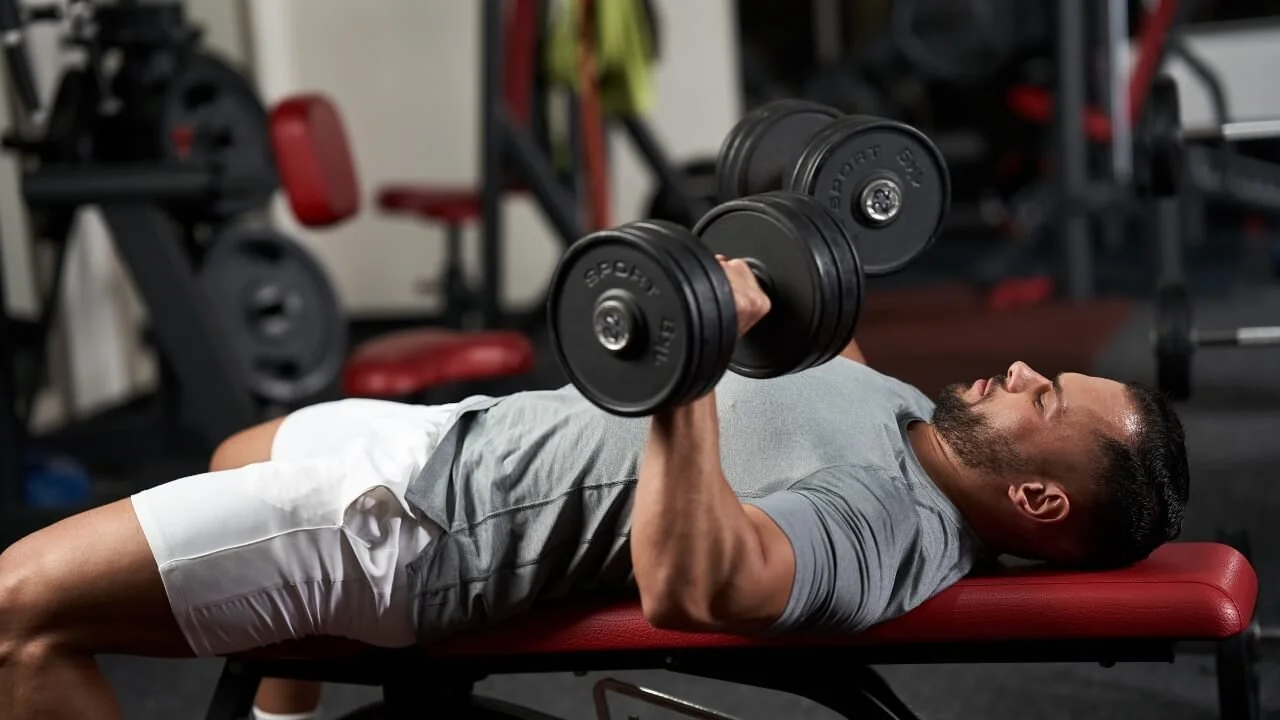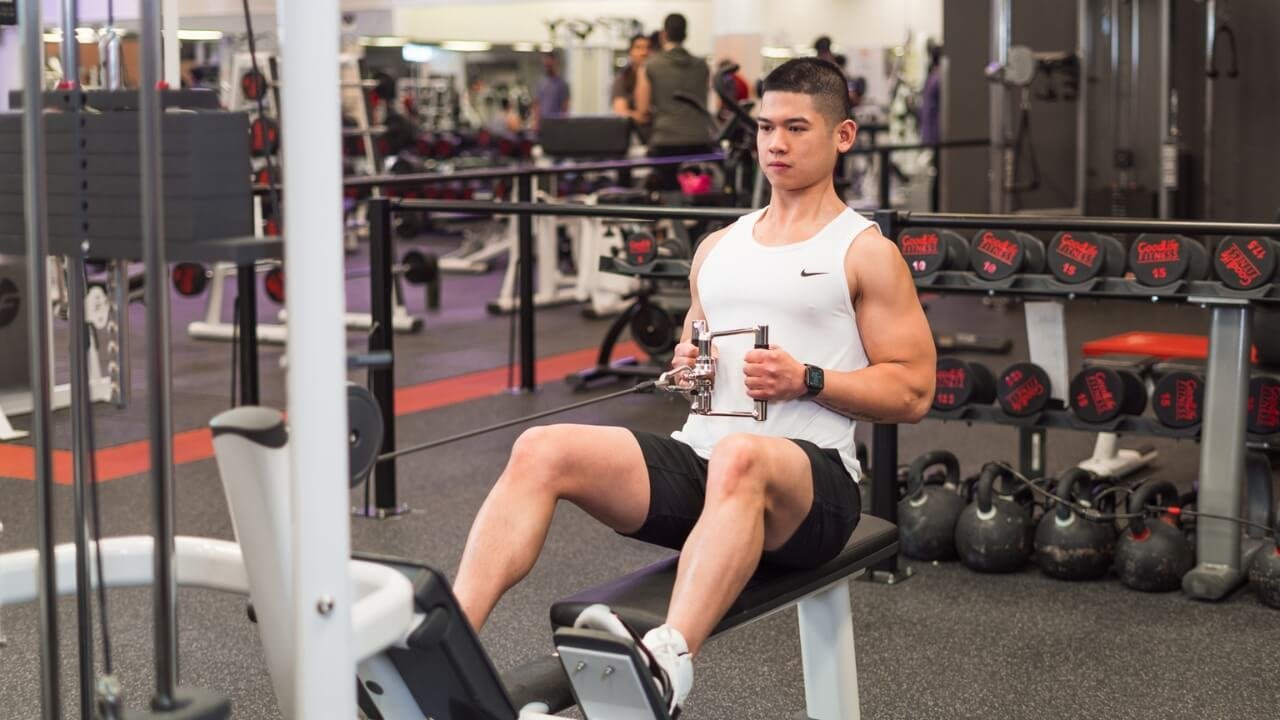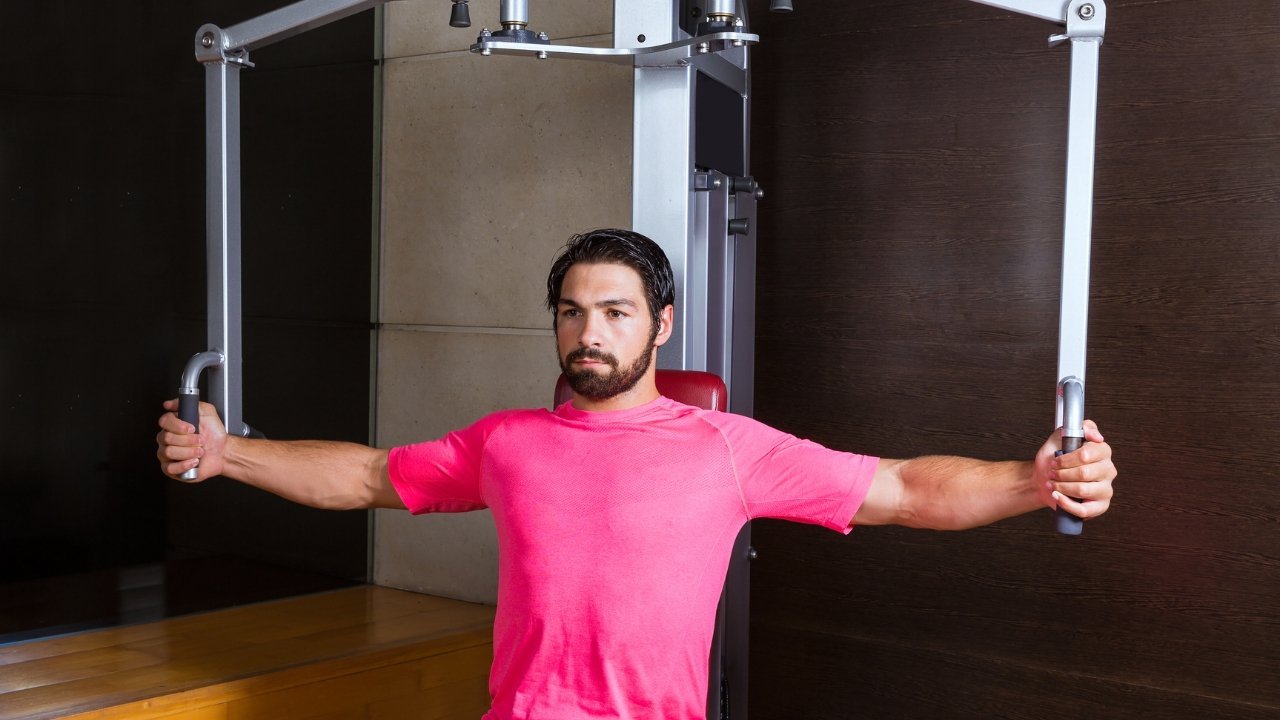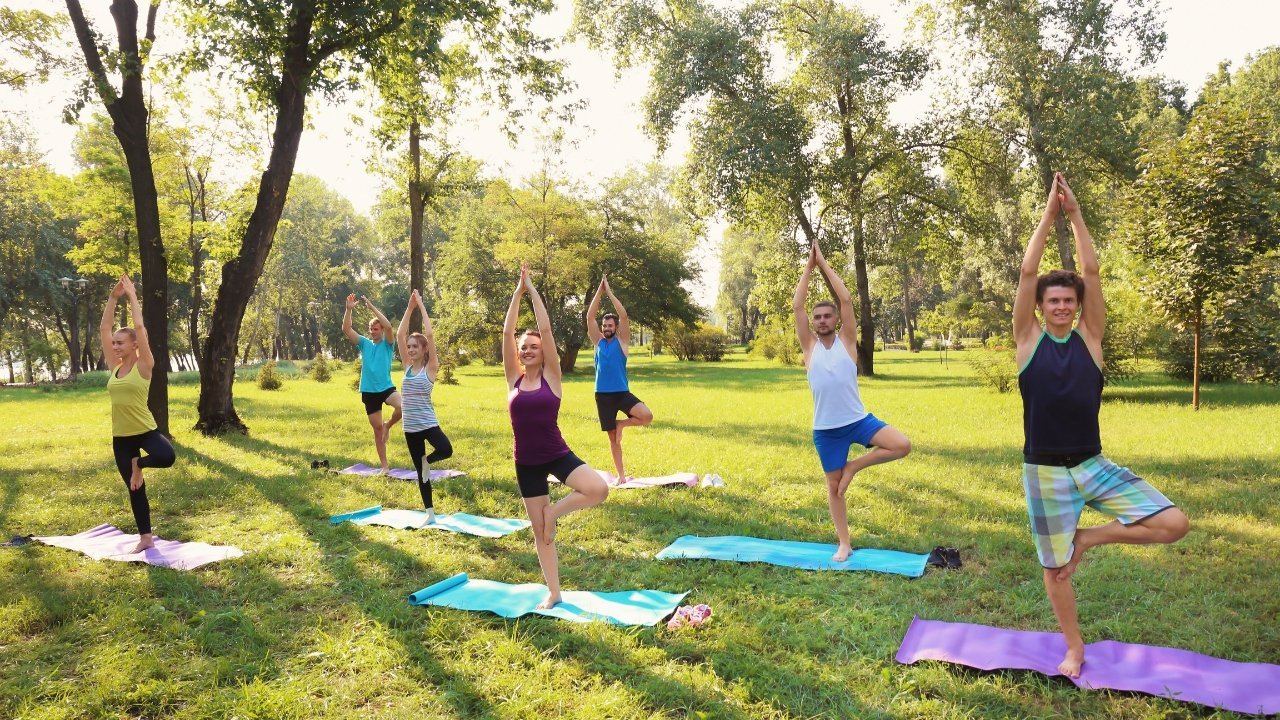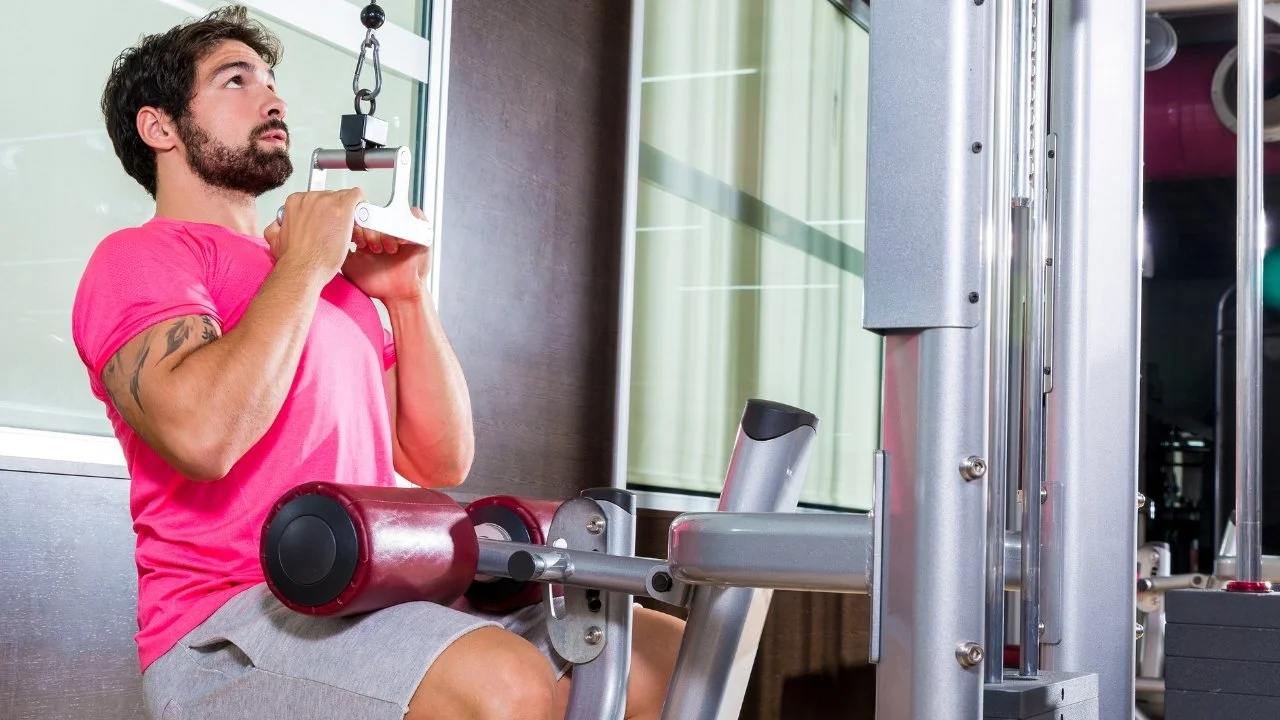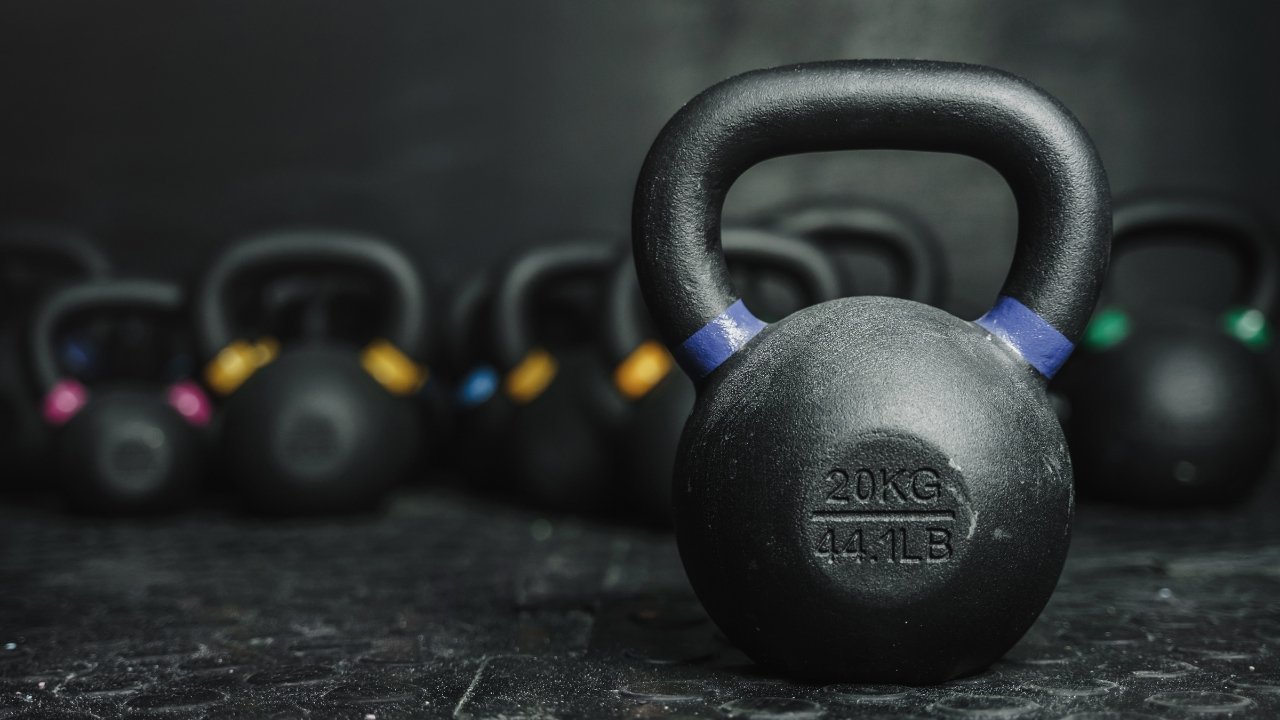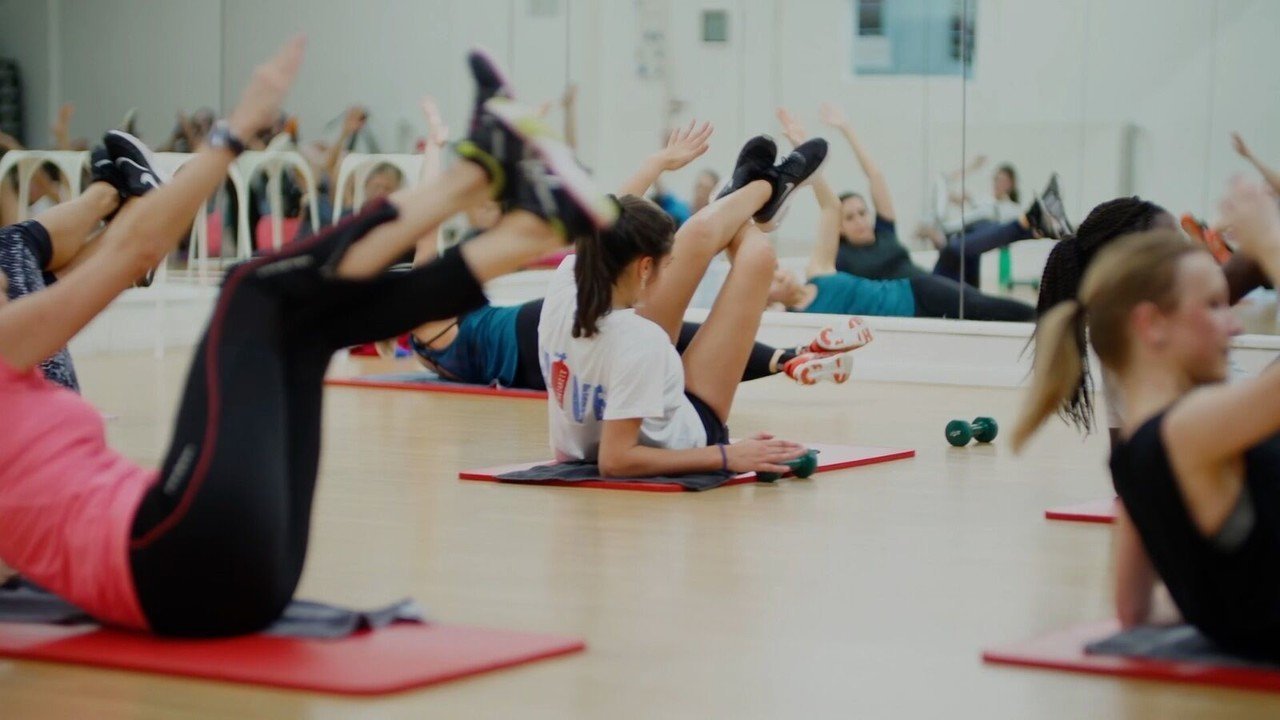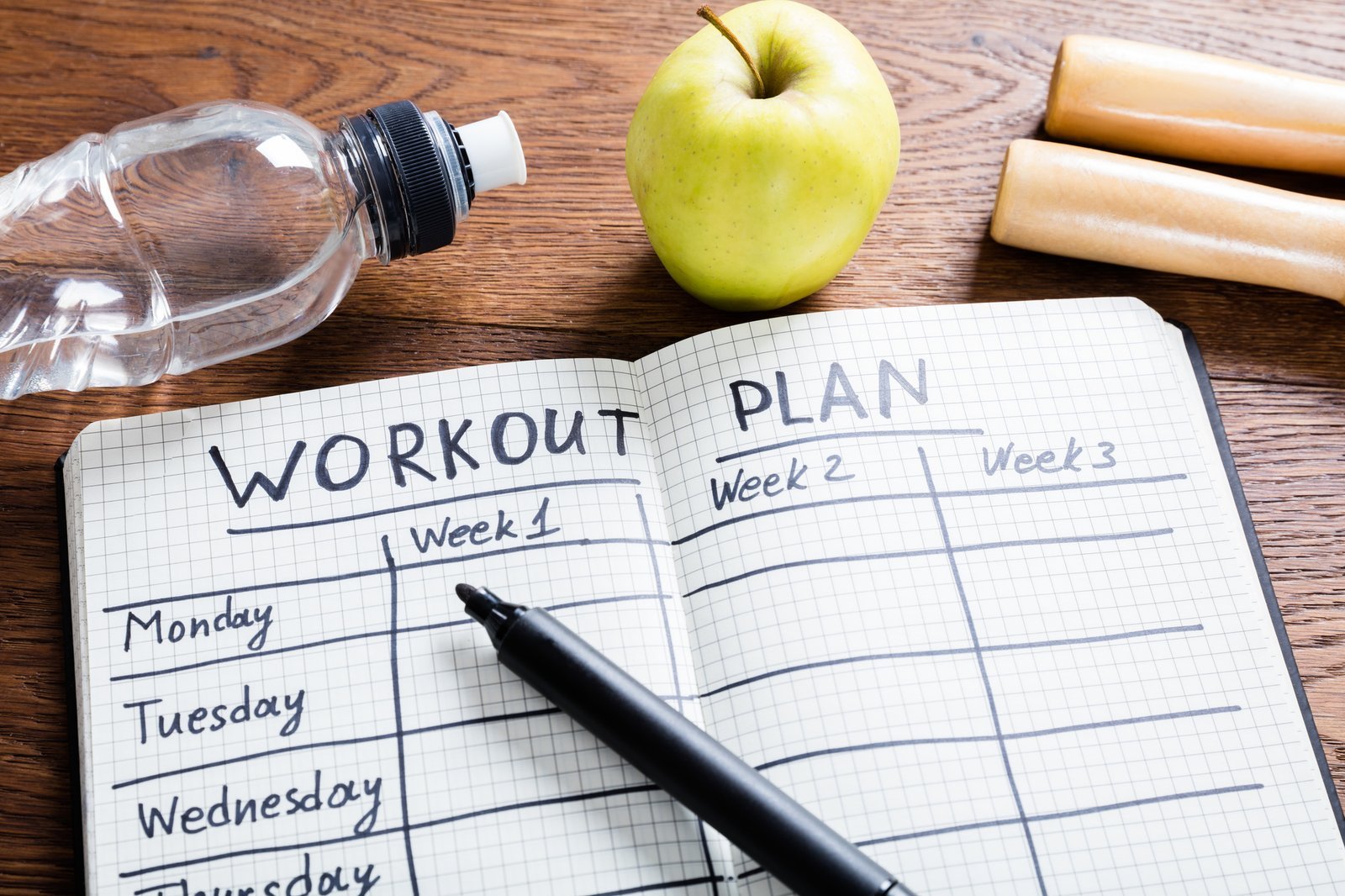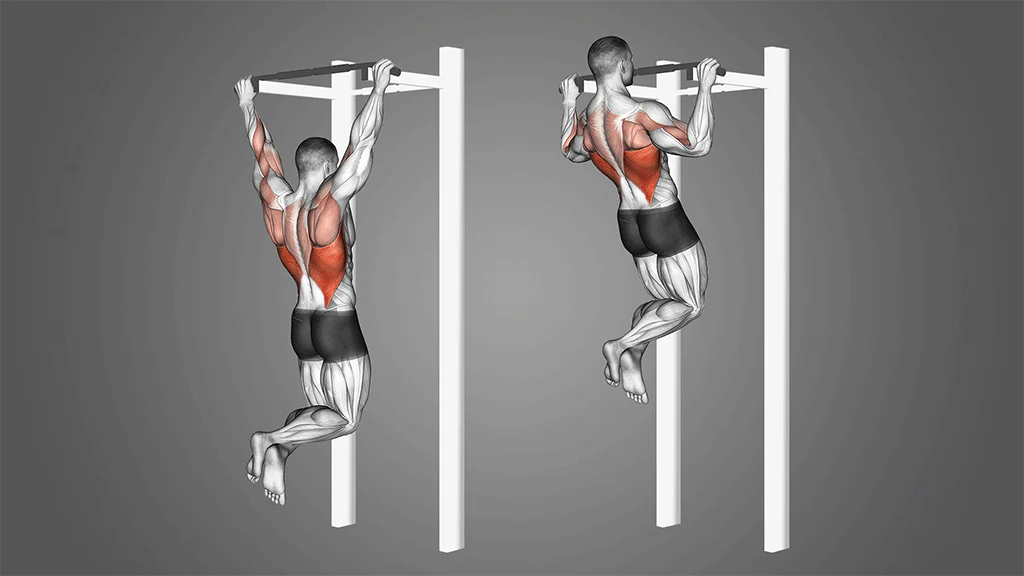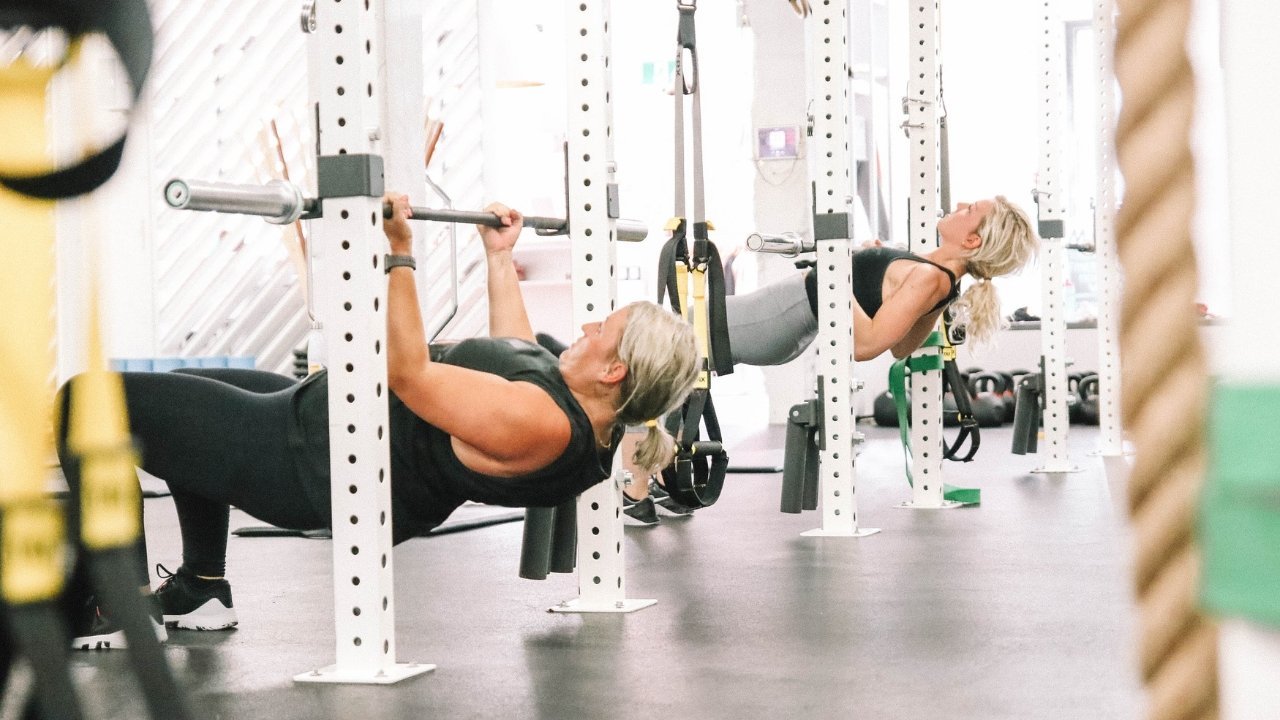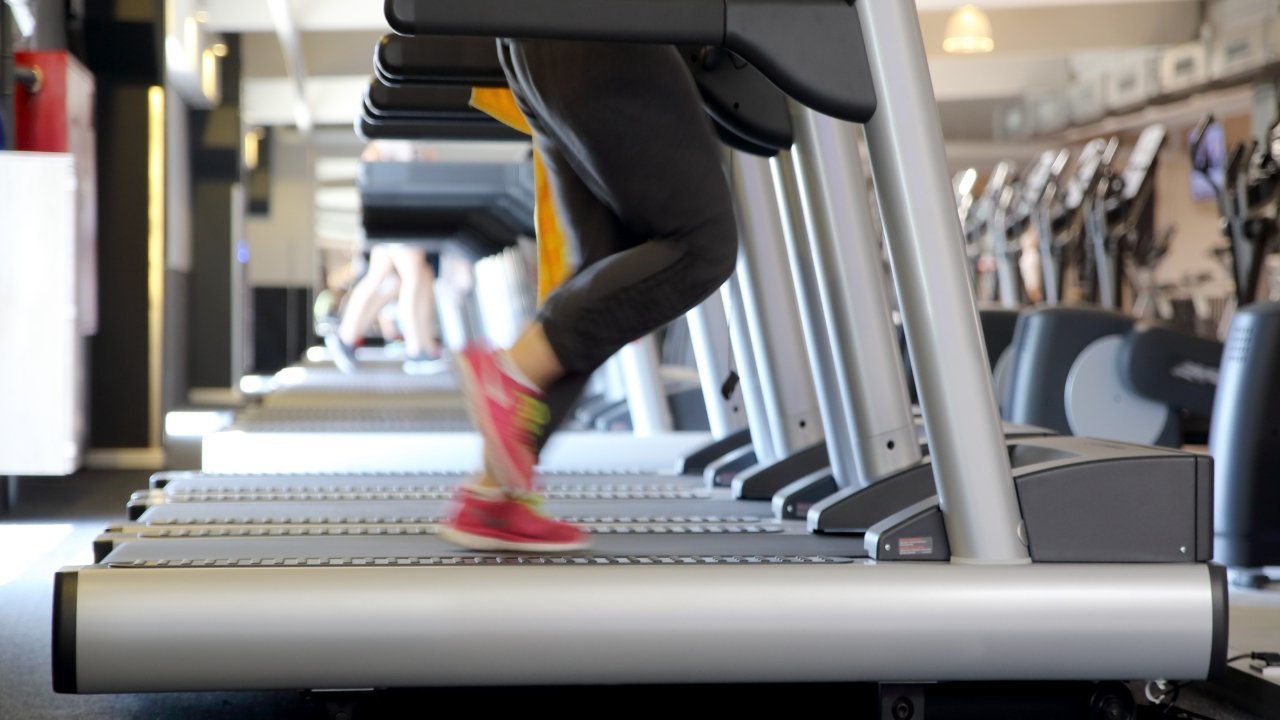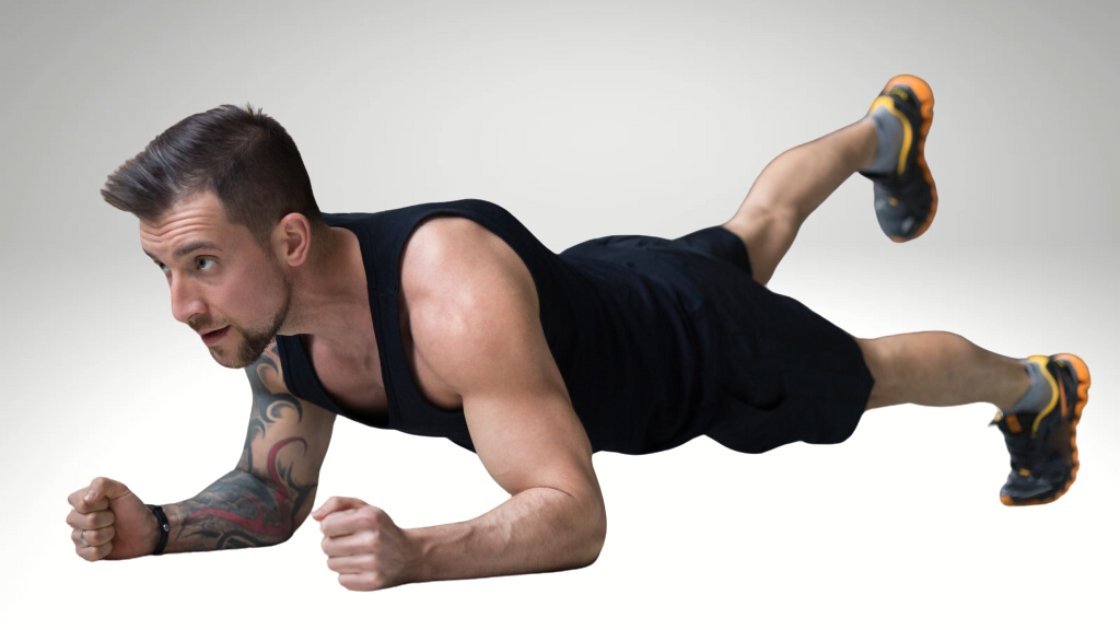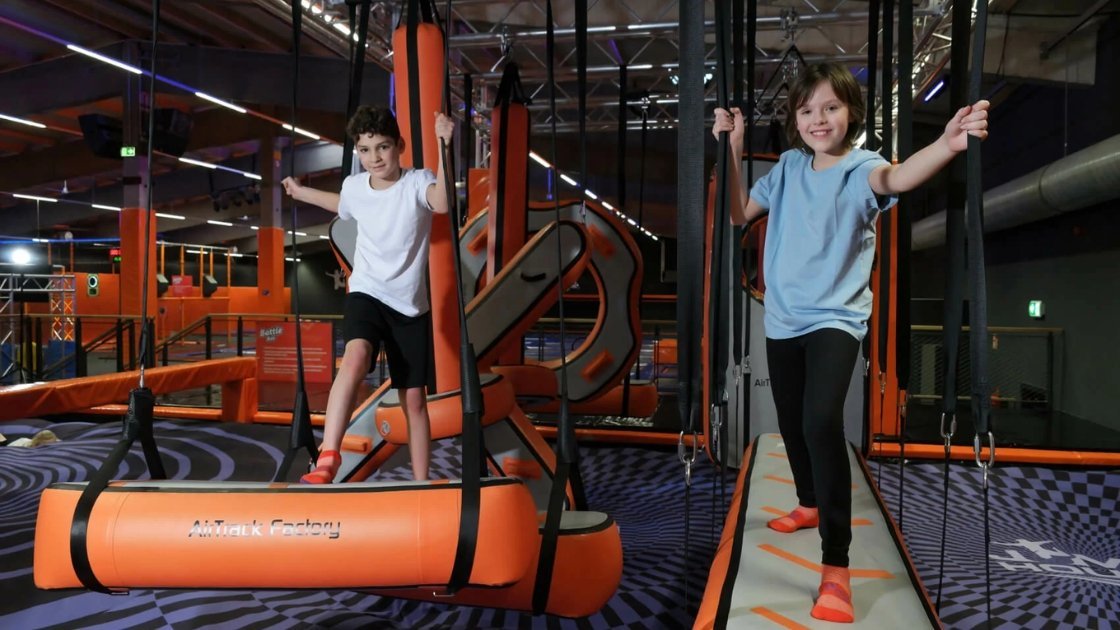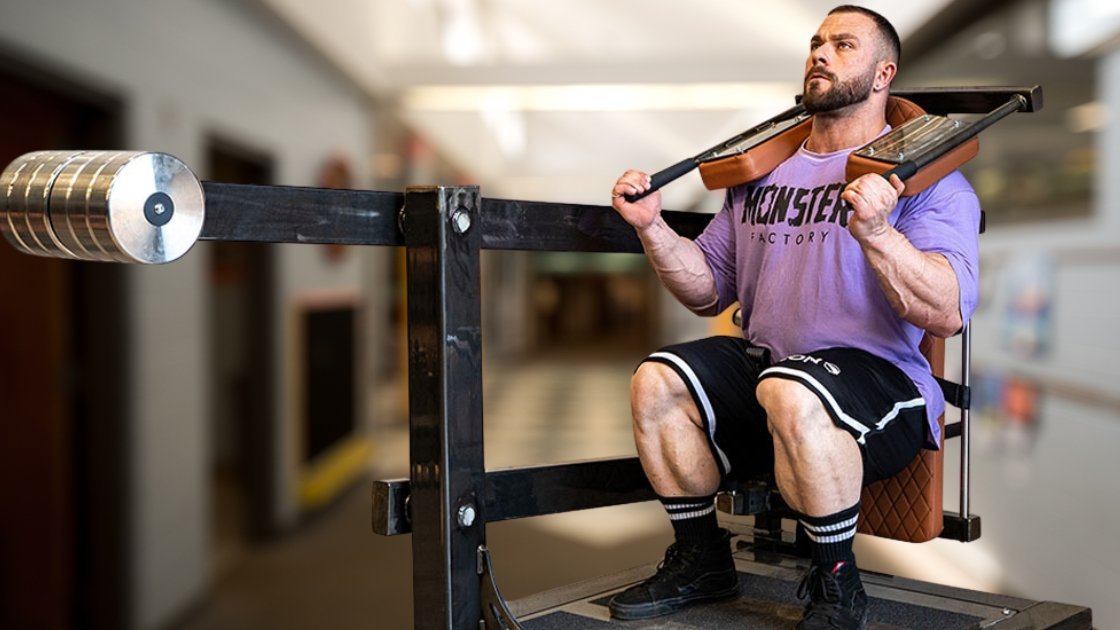Barbell Back Exercises: Unlock INSANE Back Growth You Won’t Believe!

Walk into almost any serious weight room in America, and you’ll inevitably hear the clang of iron plates hitting the floor or the rhythmic clinking of a loaded barbell moving through space. While chest day might get the social media glory, seasoned lifters understand that a truly strong, functional, and impressive physique is built from the back. The posterior chain – that complex network of muscles running up the entire backside of your body – is the engine of power and stability. And when it comes to developing this crucial area, few tools are as effective or versatile as the simple, rugged barbell. This guide delves deep into the world of barbell back exercises, exploring the cornerstone movements, essential techniques, and programming considerations needed to build a back that’s not just aesthetically pleasing but incredibly powerful. Whether you’re chasing strength gains, improved posture, or athletic performance, mastering the barbell for back development is a game-changer.
Why Prioritize Barbell Training for Your Back?
Before diving into specific movements, let’s establish why the barbell deserves a prime spot in your back training arsenal. In an era of complex machines and diverse equipment, the barbell remains a fundamental tool for several compelling reasons.
Firstly, barbells allow for significant progressive overload. Building muscle and strength fundamentally requires consistently challenging your body with increasing resistance. Barbells make this straightforward; you can incrementally add small plates, allowing for steady, measurable progress over weeks, months, and years. This scalability is crucial for long-term development, catering to beginners and advanced lifters alike.
Secondly, barbell exercises often demand greater stabilization. Unlike machines that guide the movement path, free-weight barbell exercises force your smaller stabilizing muscles throughout the back, core, and even hips to engage actively. This enhances neuromuscular coordination, improves core strength, and translates directly to better functional strength in everyday activities and sports. Think about lifting a heavy box or tackling an opponent – your body needs to stabilize itself, much like during a heavy barbell row or deadlift.
Furthermore, compound movements, which are the bread and butter of barbell back training, are incredibly efficient. Exercises like deadlifts and rows recruit multiple muscle groups simultaneously. This means you stimulate more overall muscle mass in less time compared to isolating individual muscles. This efficiency is invaluable for those with busy schedules and leads to a greater systemic hormonal response (like growth hormone and testosterone release), beneficial for overall muscle growth and recovery. Many discussions on fitness forums like Reddit often highlight the time-saving and potent stimulus provided by these core barbell lifts.
Finally, there’s a certain raw, fundamental aspect to barbell training. It connects you to the history of strength sports and builds not just physical strength but mental fortitude. There’s a unique satisfaction in mastering the technique and progressively adding weight to the bar on these foundational lifts.
The Kings of Back Development: Building Foundational Strength and Mass
When discussing building a powerful back, a few key barbell movements stand head and shoulders above the rest. These are the compound lifts that should form the bedrock of most back-focused training programs. They deliver the most significant stimulus for strength and hypertrophy across the largest back muscles.
The Barbell Deadlift: The Undisputed Champion
Often hailed as the king of all exercises, the barbell deadlift is arguably the single most effective movement for developing the entire posterior chain. While technically a full-body lift, the demands placed on the back muscles – from the erector spinae supporting the spine, to the lats stabilizing the bar path, and the traps holding everything together up top – are immense.
The conventional deadlift involves lifting a loaded barbell from the floor until you are standing upright, with hips and knees fully extended and shoulders back. Proper form is paramount to reap the benefits and avoid injury. This involves setting up with the bar over mid-foot, hinging at the hips while keeping the back straight (neutral spine), gripping the bar firmly, and driving through the legs while pulling the chest up. The lats should be engaged to keep the bar close to the body throughout the lift. Common pitfalls, frequently discussed in online communities and form-check threads, include rounding the lower back, jerking the weight off the floor, and hyperextending the back at the top. Mastering the deadlift takes practice and patience, often starting with lighter weights to perfect the mechanics. Variations like the Sumo Deadlift (wider stance, emphasizing hips and adductors more) and Romanian Deadlift (focusing on the eccentric lowering phase and hamstring/glute stretch, with less knee bend) offer different stimuli and can be valuable additions depending on your goals and biomechanics.
Barbell Rows: Foundational Barbell Back Exercises for Thickness
While deadlifts build overall posterior chain density, barbell rows are the quintessential movement for targeting the mid and upper back muscles – primarily the latissimus dorsi (lats), rhomboids, and middle/lower trapezius. These muscles contribute significantly to back “thickness.”
The classic Bent-Over Barbell Row involves hinging at the hips to bring your torso nearly parallel to the floor (or slightly above, depending on preference and mobility), maintaining a neutral spine, and pulling the barbell towards your lower chest or upper abdomen. The key is initiating the pull with the back muscles, retracting the shoulder blades, and controlling the weight on the way down. A common mistake here is using excessive body English or momentum (“cheating”) or rounding the back, which shifts stress to the lower back and reduces lat activation. Grip width can be varied (wider for more upper back/rear delt focus, narrower for more lat emphasis), as can the grip itself (overhand/pronated vs. underhand/supinated).
A popular variation gaining traction, often praised on platforms like Reddit for its strictness, is the Pendlay Row. Named after coach Glenn Pendlay, this row starts with the barbell on the floor for each rep. The torso is held strictly parallel to the ground, and the bar is pulled explosively towards the chest before being returned fully to the floor. This eliminates momentum and ensures maximum muscle recruitment through a full range of motion.
Another variation is the Yates Row, popularized by Dorian Yates. This involves a more upright torso angle (around 70-75 degrees) and typically uses an underhand grip, pulling towards the lower abdomen. This variation often allows for heavier weight and places significant stress on the lats and lower traps. Choosing the right row variation depends on your specific goals, mobility, and what feels best for your body.
Essential Supporting Barbell Movements for a Complete Back
Beyond the “big two,” several other barbell exercises effectively target specific areas of the back or offer variations to keep training fresh and address potential weaknesses. These are excellent additions to round out a comprehensive back workout.
T-Bar Rows
While often performed with a dedicated T-bar machine or handle, the T-Bar Row can be effectively simulated using just a barbell and a landmine attachment (or by wedging one end of the barbell securely into a corner). This exercise allows for a slightly different pulling angle and often enables a greater range of motion and scapular retraction compared to standard barbell rows for some individuals. You stand astride the bar, hinge at the hips, grip the bar (often with a V-handle attachment placed underneath), and pull towards your chest. The fixed pivot point provides stability, allowing you to focus intensely on squeezing the back muscles. It’s a fantastic movement for hitting the mid-back and lats.
Barbell Good Mornings
The Barbell Good Morning is a powerful hinge movement primarily targeting the hamstrings, glutes, and critically, the erector spinae muscles of the lower back. It involves placing a barbell across the upper back (similar to a squat), keeping a slight bend in the knees, and hinging forward at the hips while maintaining a perfectly straight back. You lower the torso until it’s nearly parallel to the floor (or as far as flexibility allows without compromising form) and then return to the upright position by contracting the hamstrings and glutes. Caution is crucial with this exercise; it requires excellent form and should be performed with light weight initially until the movement pattern is mastered. Done correctly, it’s superb for strengthening the lower back and improving hip hinge mechanics, which carries over to deadlifts and squats.
Barbell Shrugs
While often considered a shoulder or trap exercise, the trapezius muscles are a significant part of the upper back complex, contributing to the “shelf” appearance. Barbell Shrugs directly target the upper traps. Simply hold a loaded barbell in front of you with an overhand grip, keep your arms straight, and elevate your shoulders straight up towards your ears, squeezing hard at the top. Avoid rolling the shoulders forward or backward; the movement should be purely vertical. These are great for adding mass and definition to the upper back and neck area.
Technique, Safety, and Programming Considerations
Executing these back exercises effectively and safely requires more than just knowing the movements; it demands meticulous attention to form, smart programming, and listening to your body.
Mastering Form: The Non-Negotiable Foundation
The single most important aspect of barbell back training is proper form. Due to the heavy loads often involved and the stress placed on the spine, poor technique is a fast track to injury, particularly to the lower back. Always prioritize learning the correct movement pattern with lighter weights before attempting heavy lifts. Key principles include:
- Neutral Spine: Maintaining the natural curves of your spine throughout the lift is critical. Avoid excessive rounding (flexion) or arching (hyperextension) of the lower back.
- Core Bracing: Learn to brace your core effectively by taking a deep breath into your belly and tightening your abdominal muscles, creating intra-abdominal pressure that supports the spine. This is vital for safety.
- Controlled Movement: Avoid jerking or using excessive momentum. Control the weight throughout both the lifting (concentric) and lowering (eccentric) phases.
- Appropriate Range of Motion: Use a range of motion that allows you to maintain good form. Don’t sacrifice technique for depth or height.
Consider recording yourself or working with a knowledgeable coach to get feedback on your form, a common piece of advice echoed across fitness communities.
Listening to Your Body and Preventing Injury
Back training, especially with heavy barbells, can be taxing. Pay close attention to your body’s signals. Distinguish between muscle soreness (DOMS) and sharp or persistent pain, especially in the lower back or joints.
- Warm-up: Always perform a thorough warm-up including dynamic stretches (e.g., cat-cow, bird-dog, leg swings) and lighter activation sets of the exercises you plan to perform.
- Cool-down: Gentle static stretching for the lats, traps, and lower back after your workout can aid recovery.
- Recovery: Ensure adequate sleep, nutrition, and rest days to allow your muscles and nervous system to recover between intense back sessions.
- Don’t Push Through Pain: If something feels wrong, stop immediately. Assess the issue, potentially deload or switch exercises, and seek professional advice (physiotherapist, doctor) if pain persists.
Integrating Your Training Routine
How you incorporate these exercises depends on your overall training split, goals, and recovery capacity.
- Frequency: Heavy deadlifts are very demanding and are typically performed once per week. Row variations and other back exercises can often be trained 1-2 times per week.
- Volume (Sets & Reps): For strength focus, lower rep ranges (e.g., 1-5 reps) on main lifts like deadlifts and heavy rows are common. For hypertrophy (muscle growth), moderate rep ranges (e.g., 6-12 reps) are generally effective for rows and assistance exercises. Higher reps (12+) can be used for specific goals like endurance or metabolic stress.
- Progressive Overload: The key to long-term progress is gradually increasing the demand. This can mean adding weight to the bar, doing more reps with the same weight, performing more sets, or improving technique and control. Track your workouts to ensure you are progressing over time. The selection and strategic implementation of these movements are crucial for balanced development.
Expert Insight on Back Training
Many top coaches emphasize the foundational importance of back strength. As renowned strength coach Mark Rippetoe often stresses regarding compound lifts like those central to powerful back training:
“Strong people are harder to kill than weak people and more useful in general.”
While concise, this highlights the fundamental utility derived from building strength, particularly in the robust musculature of the back developed through rigorous barbell work. It underscores that the benefits extend far beyond aesthetics, contributing to overall resilience and capability.
Concluding Thoughts: Building Your Barbell Back Blueprint
Developing a strong, muscular back is a rewarding journey that pays dividends in strength, posture, health, and aesthetics. The barbell stands as an unparalleled tool in this endeavor, offering the means to perform powerful, effective compound movements that stimulate incredible growth and adaptation. From the sheer full-body challenge of the deadlift to the targeted thickness-building of various rows and the specific benefits of exercises like Good Mornings and Shrugs, barbell back exercises provide a comprehensive toolkit.
However, remember that mastery takes time, consistency, and unwavering attention to technique. Prioritize form over ego, listen intently to your body’s feedback, and implement progressive overload intelligently. By embracing the grind and respecting the process, you can use the barbell to forge a back that is not only visually impressive but serves as a foundation of power and resilience for years to come. So load up the bar (appropriately!), brace yourself, and get ready to build the strong, capable back you deserve.


